伊根の舟屋(いねのふなや)。京都盆地を抜けて日本海へでると、伊根町の湾内に1階に船の収納庫を備えた舟屋の立ち並ぶ独特な景観が広がっています。船を引き上げるための斜面が設けられ、船や漁具の手入れ、魚干物の乾場などに利用されています。国の重要伝統的建造物群保存地区に指定されています。
Funaya is traditional house style for fisherman. The first floor of Funaya is a combined boat garage and workspace for fisherman, and the second floor is used as a living area. The unique Ine buildings have existed since the 1700s. Now, you can see 230 funaya standing in a row in Ine town, Kyoto pref., Japan. They are Groups of Traditional Buildings.
住所:京都府与謝郡伊根町字平田593番地1 [Google Maps]
定休:水曜日
Address : 593-1 Hirata, Ine town, Kyoto pref., Japan
Closed : Wednesday
INE CAFE
日時:平日11:00-17:00(L.O.16:45) 土日10:00-17:00(L.O.16:45) ランチ:11:30-14:00(数量限定)
電話:0772-32-1720
Date : Weekday11:00-17:00(L.O.16:45) Sat/Sun10:00-17:00(L.O.16:45)
Tel : 0772-32-1720
海宮(WADATSUMI)
日時:昼:11:30-15:00(L.O.14:30) 夜:17:30-21:00(L.O.20:30)
電話:0772-32-1710
Date : Lunch11:30-15:00(L.O.14:30) Dinner17:30-21:00(L.O.20:30)
Tel : 0772-32-1710
2017年9月撮影
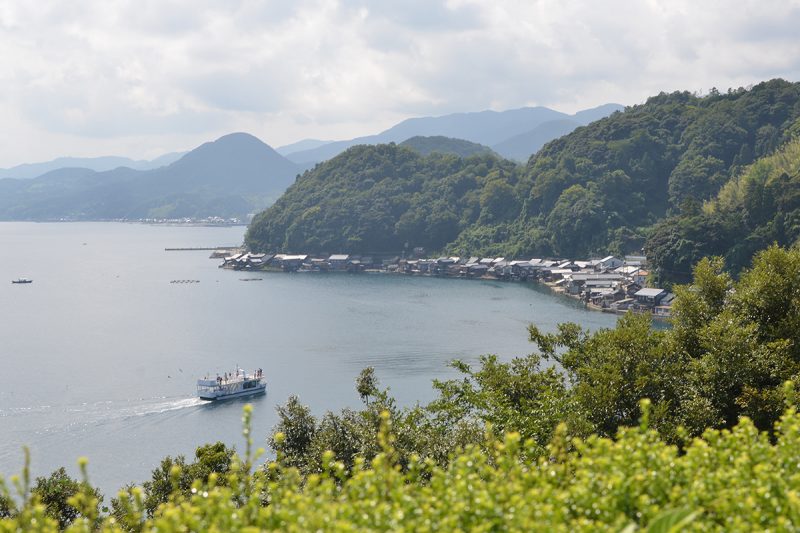
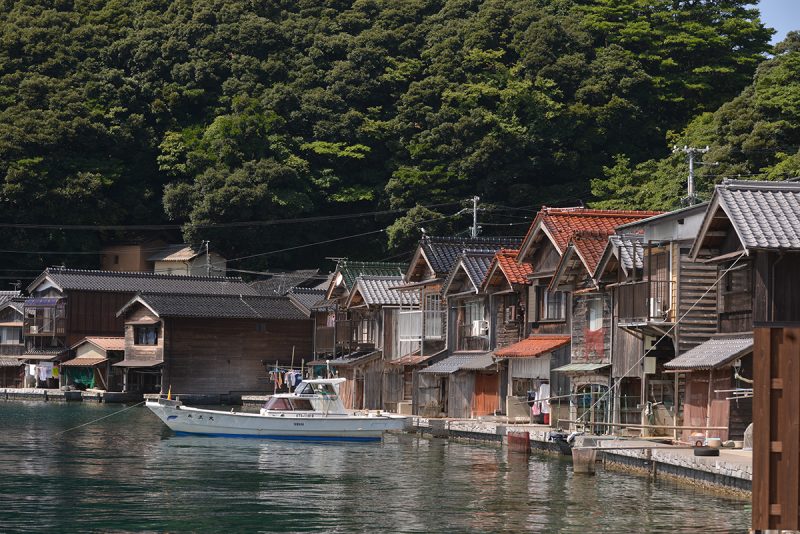
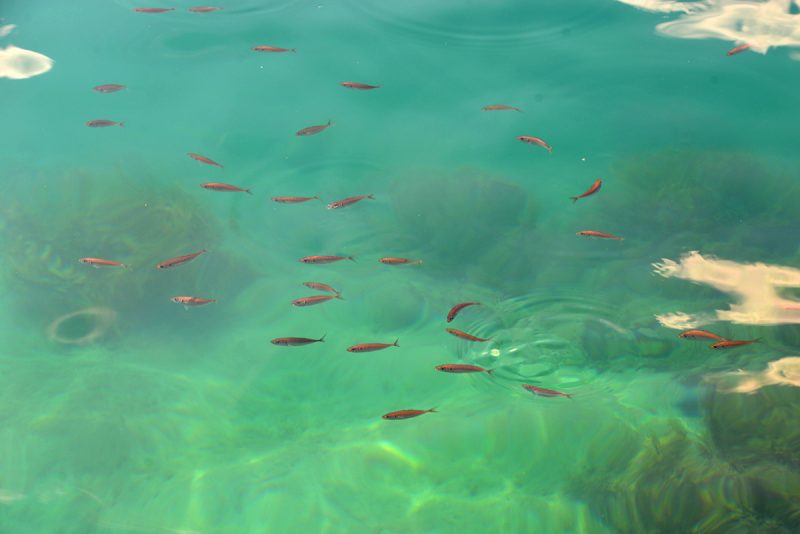
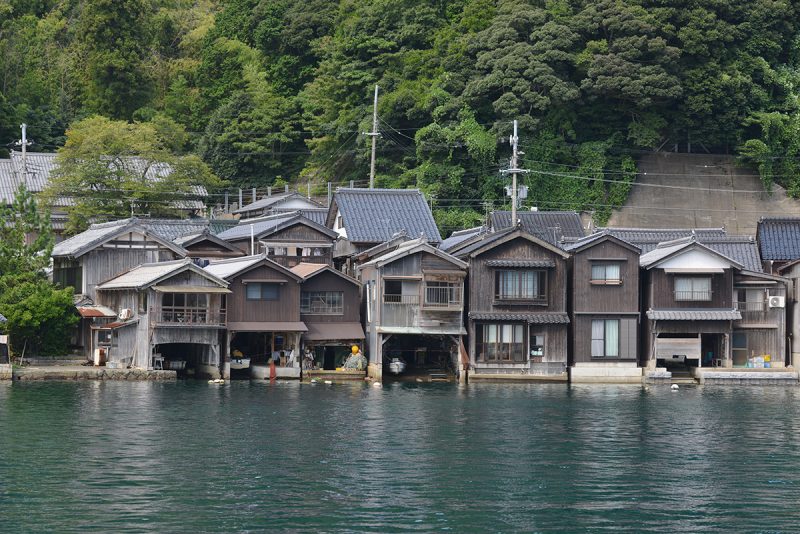
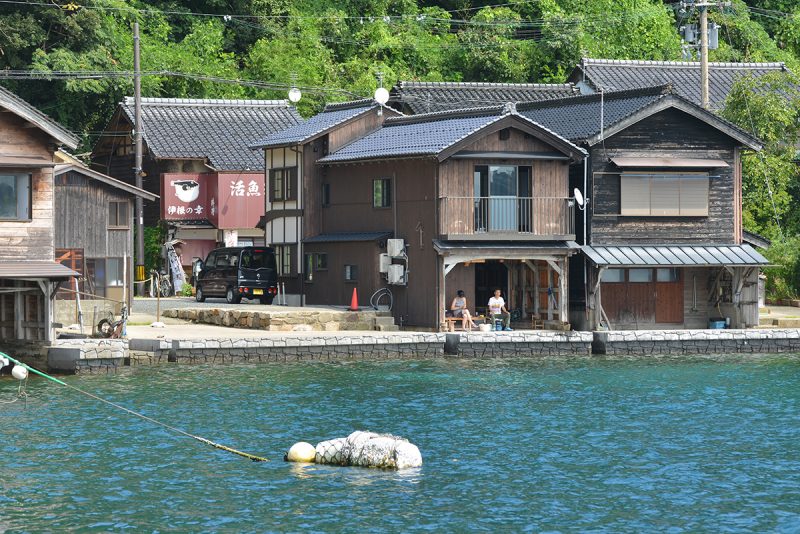
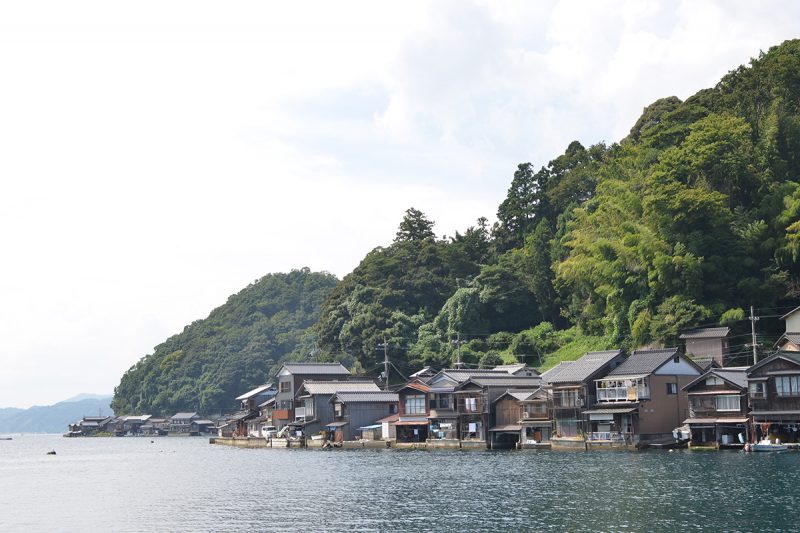
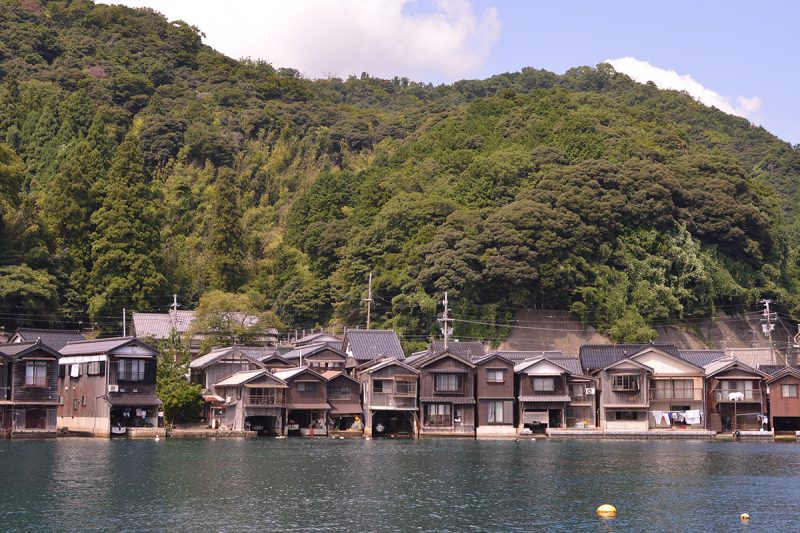
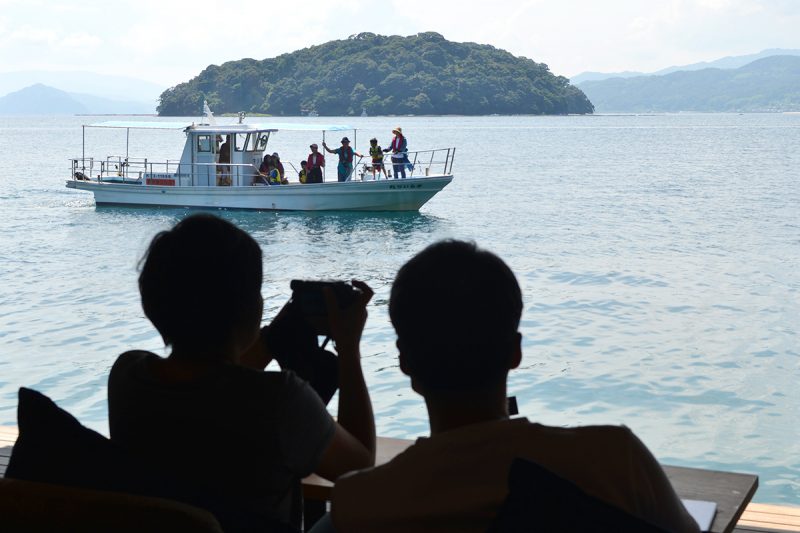
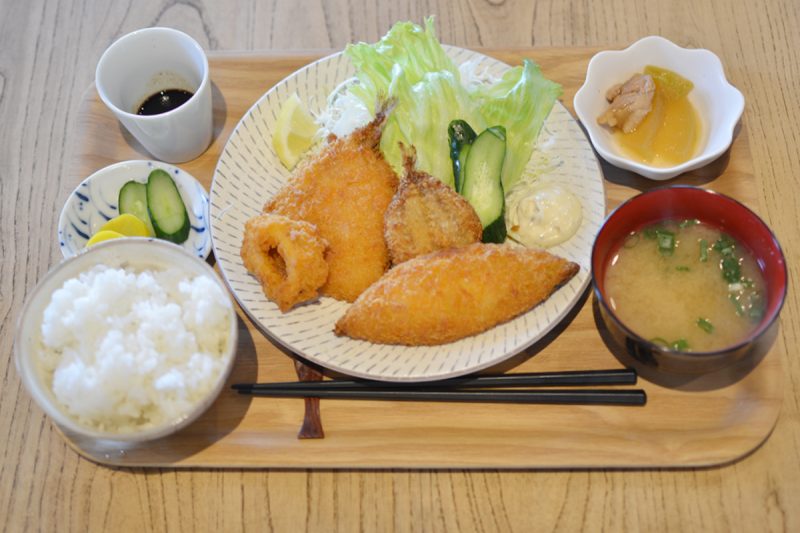
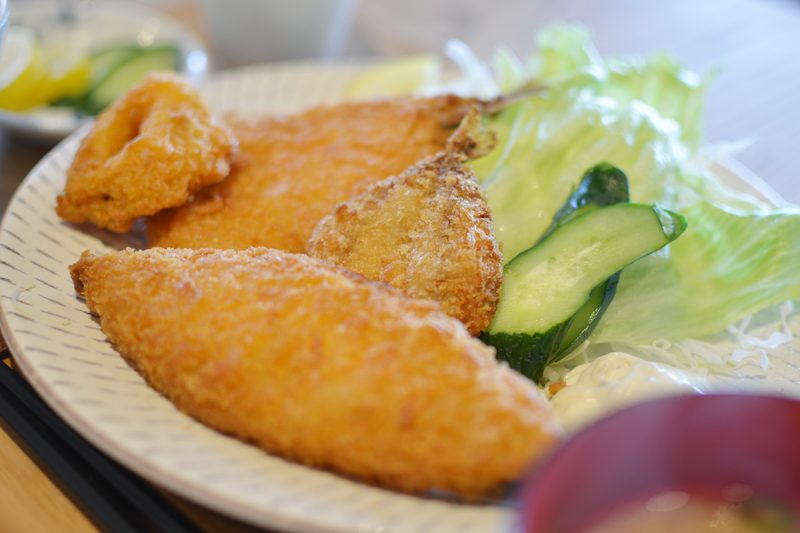
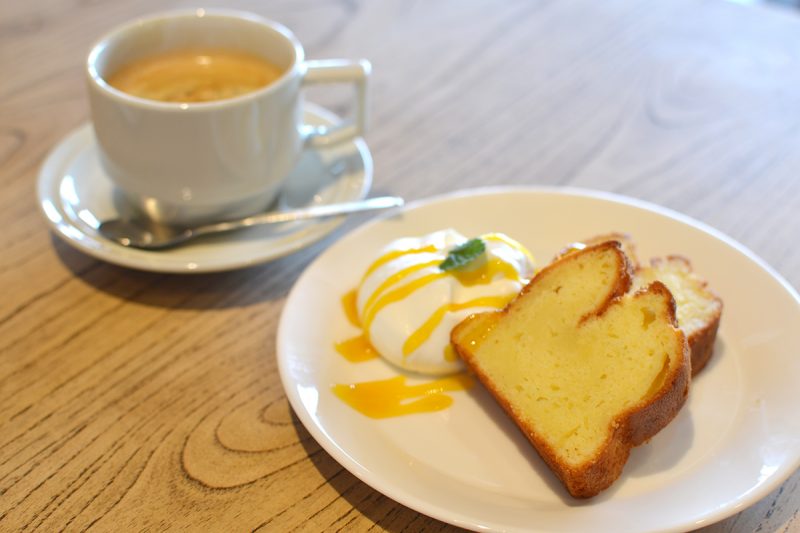
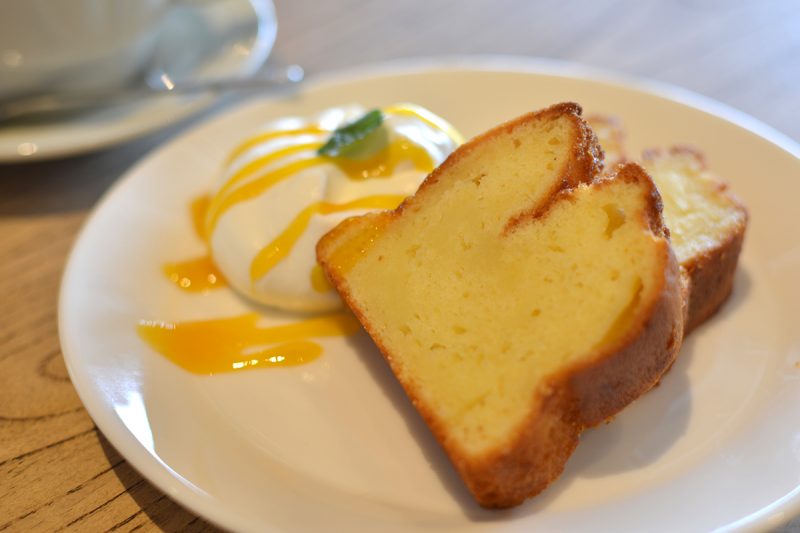
The closest lifestyle to the sea in Japan
At a place approximately 130km North from the ancient city “Kyoto”, you can arrive at Japan`s roots. The northern region of Kyoto prefecture is thought to be the place in Japan where rice-growing was first introduced from mainland China, and is a region which has prospered since olden times. There are large numbers of ancient burial mounds and shrines and temples, a clear blue sea and fresh green mountains、traditional houses etc, and original scenery from Japan`s ancient times is also visible even in the present. It is a historically important region, which is indeed fitting of the name “Kyoto by the Sea”.
The town of Ine lies within this “Kyoto by the Sea” region, and is a traditional area where the closest lifestyle to the sea in Japan continues even in the present day. In the town of Ine there are unique buildings called funaya, and a lifestyle which is centred on the fishing and farming industries has been carried on since olden times. Funaya span along 5km of the south-facing Ine bay, 230 houses are currently in existence, and people are in coexistence with the sea before their eyes. The scenery of the these 230 funaya standing in a row can only be seen in the town of Ine, and an original Japanese landscape which has not been turned into a tourist attraction can be found here.
The funaya of Ine
The unique Ine buildings which have existed since the 1700s were at first storage houses for wooden boats built for hanging up fishing nets. The current funaya were repaired along with the change of the times, the first floor is a combined boat garage and workspace for fishermen, and the second floor is used as a living area. Even now 230 houses stand in a row along the 5km length of the bay. The first funaya that were built were thatched roof wooden houses without a living space on the second floor, created to function as boathouses. At present, most funaya are wooden 2 floor buildings, and the second floor room is used as a guest room, or as living quarters for younger generation family members. There are also funaya which have been renovated as accommodation. The main houses are often found on the mountain side across the road, and this is where the everyday lifestyle is based. In addition to being in co-existence with the sea, Funaya also fulfill functional roles, and can be used for preparation of fish for cooking, making dried fish, and for carrying out fishing work activities while sheltering from wind and rain.(INE Tourist Information)
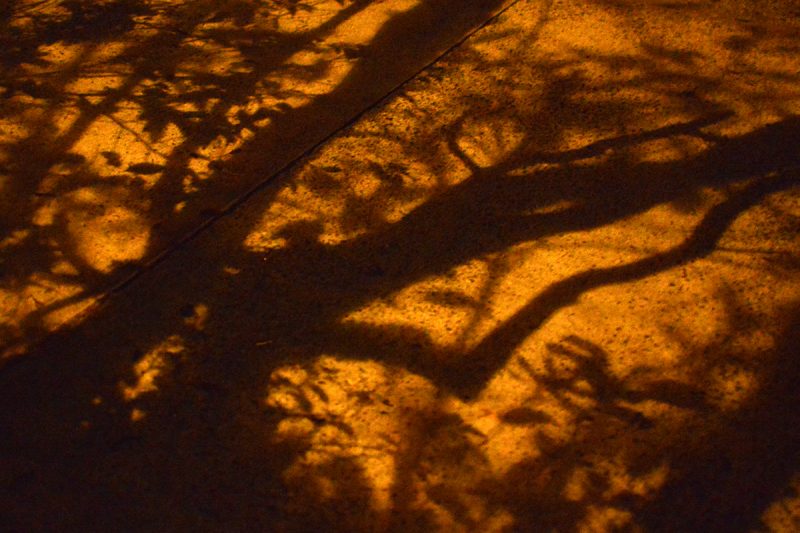
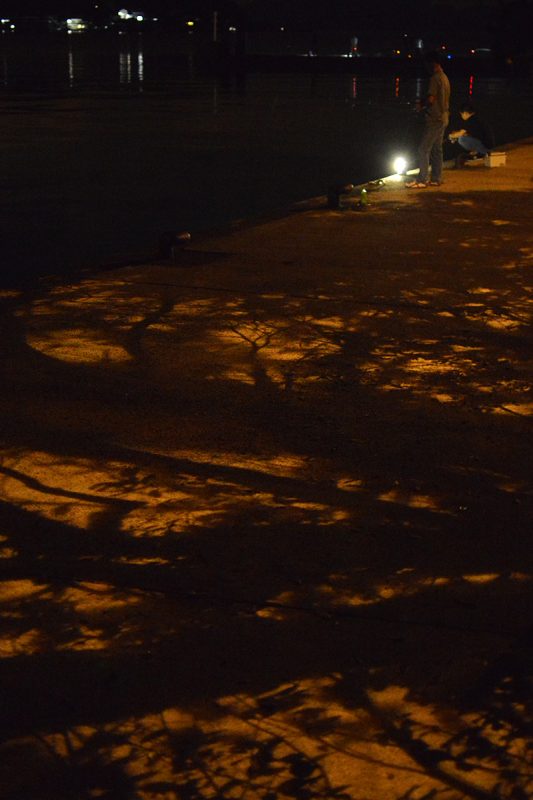
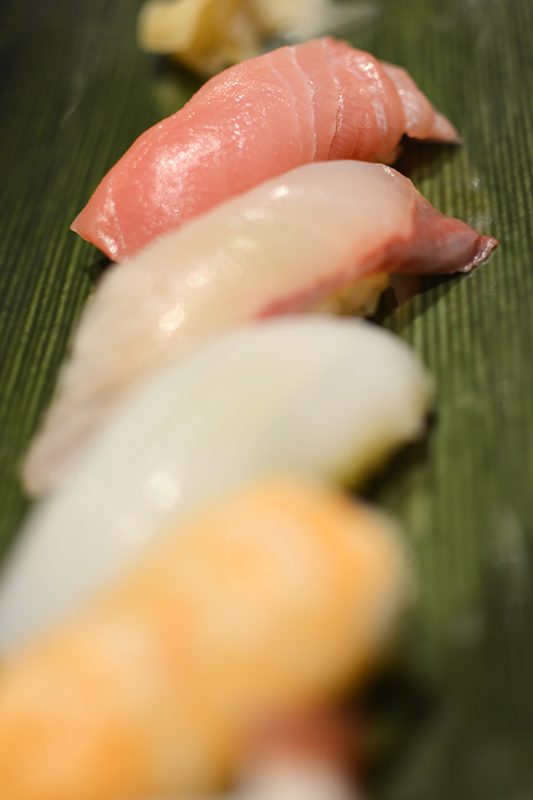
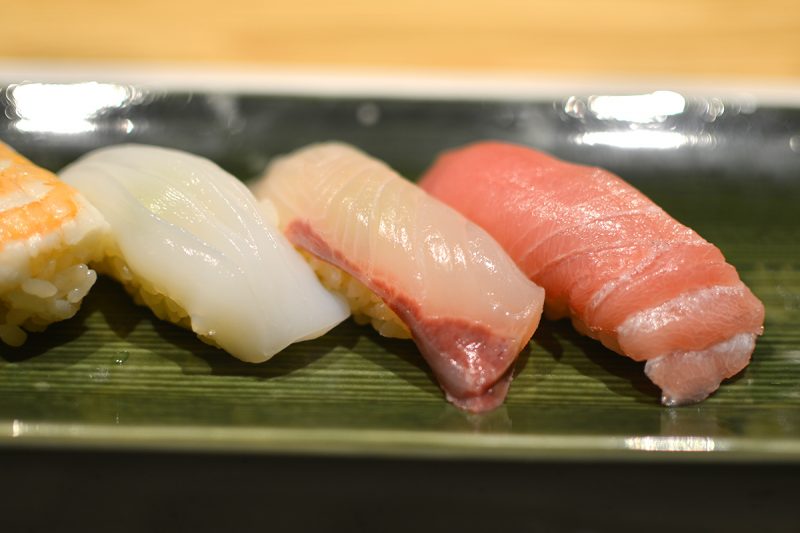
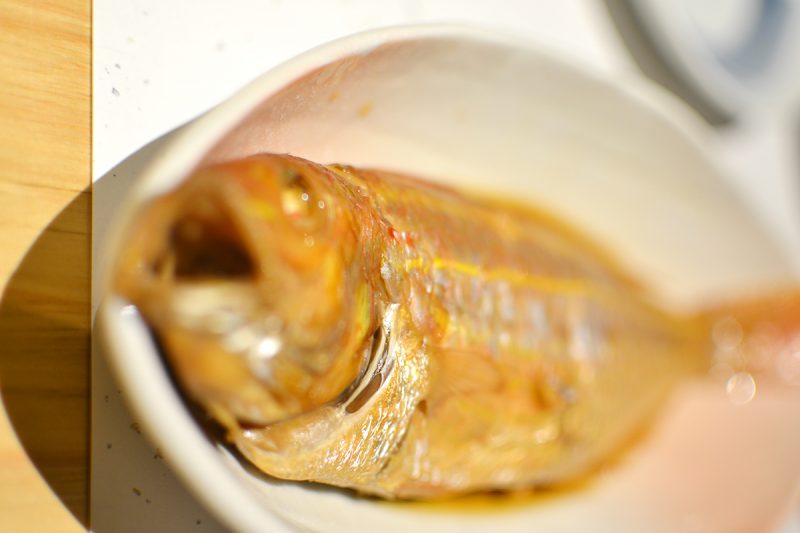
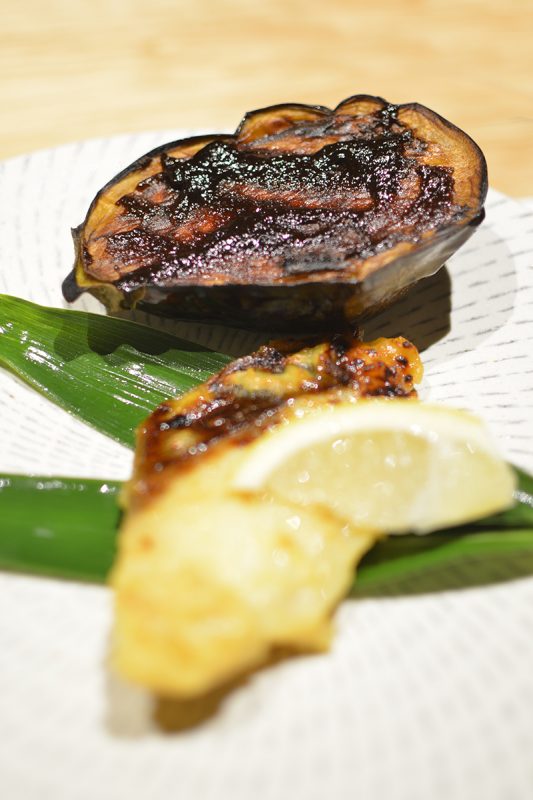
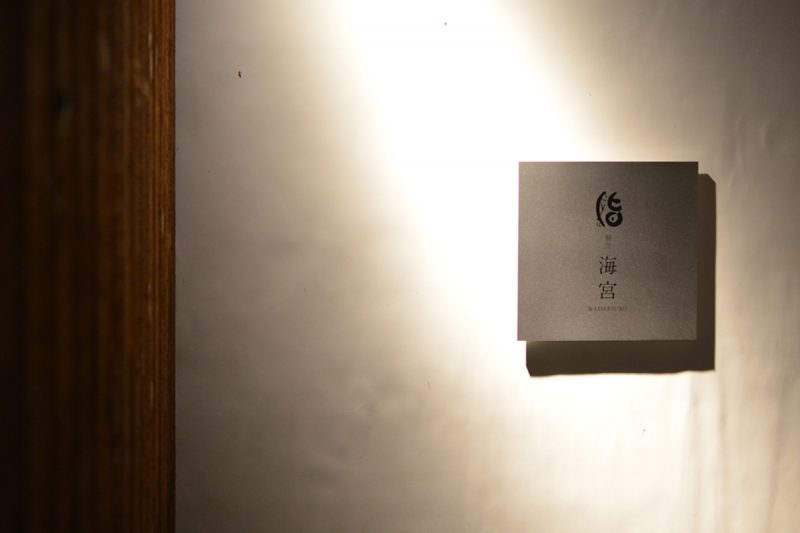
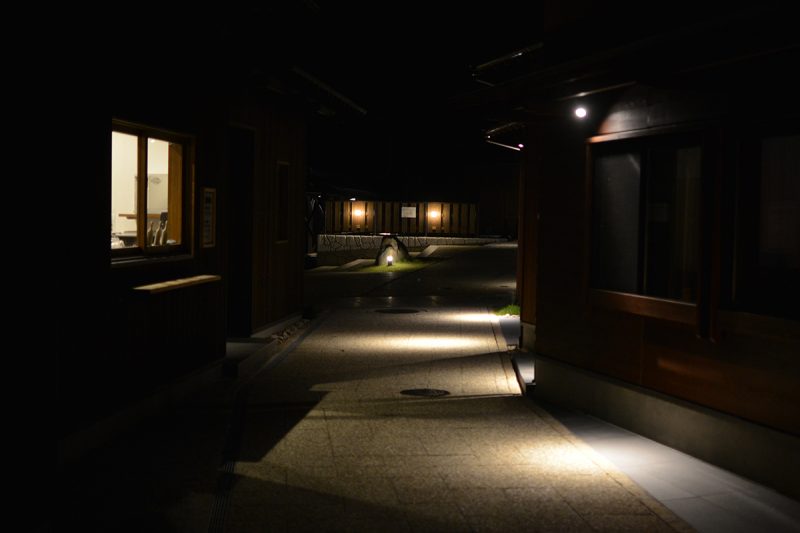
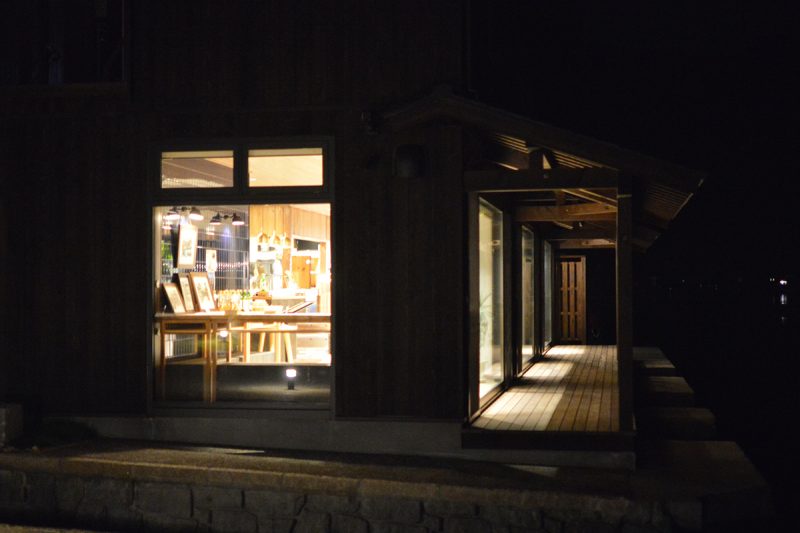
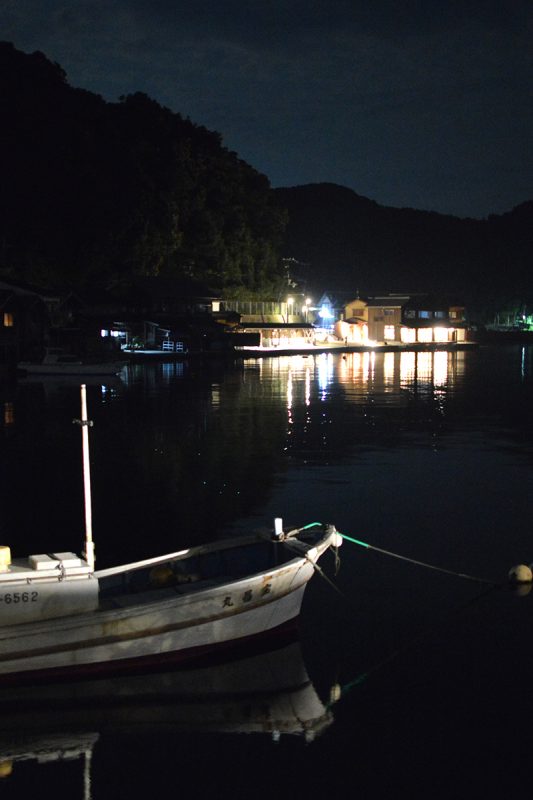
伊根町観光交流施設 舟屋日和
京都府北部、丹後半島北端のまち、伊根町。
日本海から大きく内側に回りこんだ位置にある伊根湾は、
穏やかで、湖のように凪の海。
静かに揺れる波、行き交う船、水面に浮かぶ鳥の姿。
伊根湾の移ろいゆく景色を眺めながら、
ゆったりと流れる伊根の時間を過ごす場所 「舟屋日和」。まるで海に浮かんでいるかのように立ち並ぶのは、船のガレージ「舟屋」。
舟屋より山側に軒を連ねるのは、人々が住まう母屋と蔵。人々の暮らしとともにある、その町並みの中に、旅の人を迎える小さな拠点「舟屋日和」はあります。
伊根でその日に水揚げされた旬の魚や、朝採れの農産物。
生活の中にあたりまえにある、自家製の干ものや地酒。
海と寄り添うまちならではの、体験や海遊び。伊根の人々がみている景色とともに、伊根に流れる時間の中で、ゆっくりとお楽しみください。
売り上げランキング: 55,416
アルファレコード (1993-07-21)
売り上げランキング: 522,525

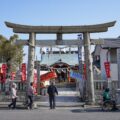
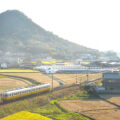
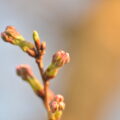
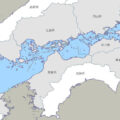
![【香川】山頂からの瀬戸内と讃岐平野を見渡す絶景!上佐山(うわさやま) - [Kagawa] Mt. Uwasa yama, Spectacular views over the Seto Inland Sea and the Sanuki Plain from the summit.](https://yousakana.jp/wp-content/uploads/wordpress-popular-posts/51667-featured-120x120.jpeg)
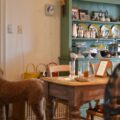
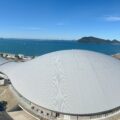

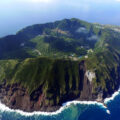
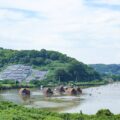
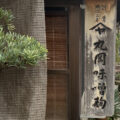
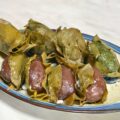

![【日本唯一 徳島】水銀朱の採掘遺跡『若杉山辰砂採掘遺跡』 – [Tokushima] Mercury vermillion mining site “Wakasugiyama Cinnabar Mining Site” | 物語を届けるしごと](https://yousakana.jp/wp-content/uploads/wordpress-popular-posts/42801-featured-120x120.jpg)

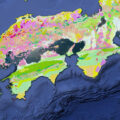
![【香川】春日川の川市 – [Kagawa] River market of Kasuga river](https://yousakana.jp/wp-content/uploads/wordpress-popular-posts/49605-featured-120x120.jpeg)
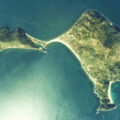
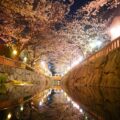
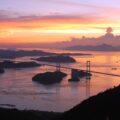
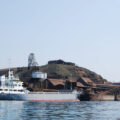
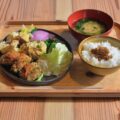
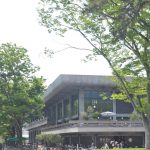
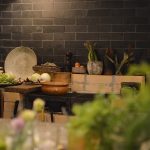
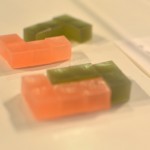
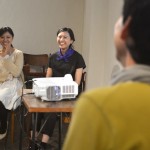
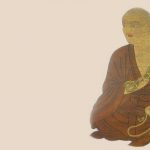
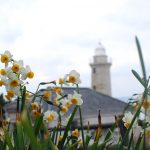
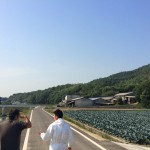
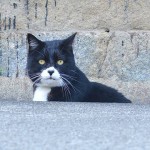
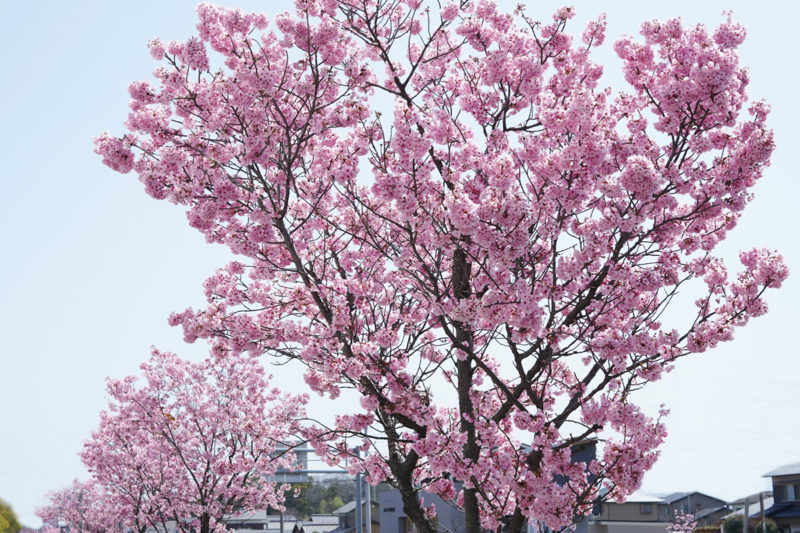
![【香川】約1万5千株のハナショウブ『亀鶴公園』 – [Kagawa] Kikaku park, 15,000 Japanese iris](https://yousakana.jp/wp-content/uploads/2024/06/iris-kikaku-park-800x533.jpeg)
![【香川 8/9】海に生きる人たちによって300年受け継がれてきた船渡御『皇子神社船祭り』 – [Kagawa 9 Aug] Over 300 years history, the boat festival of Ouji shrine](https://yousakana.jp/wp-content/uploads/2024/07/aji-ouji-shrine-festival-800x534.jpg)
![【香川】山頂からの瀬戸内と讃岐平野を見渡す絶景!上佐山(うわさやま) – [Kagawa] Mt. Uwasa yama, Spectacular views over the Seto Inland Sea and the Sanuki Plain from the summit.](https://yousakana.jp/wp-content/uploads/2024/01/mt-uwasayama-1-800x533.jpeg)
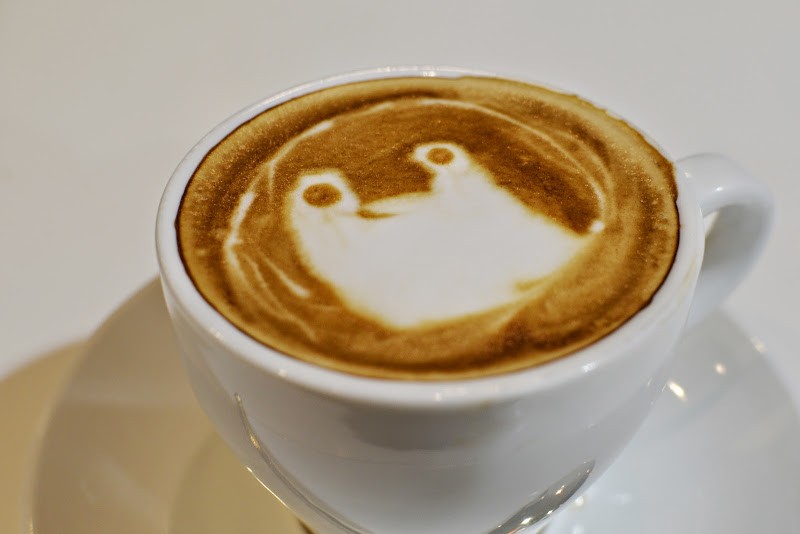
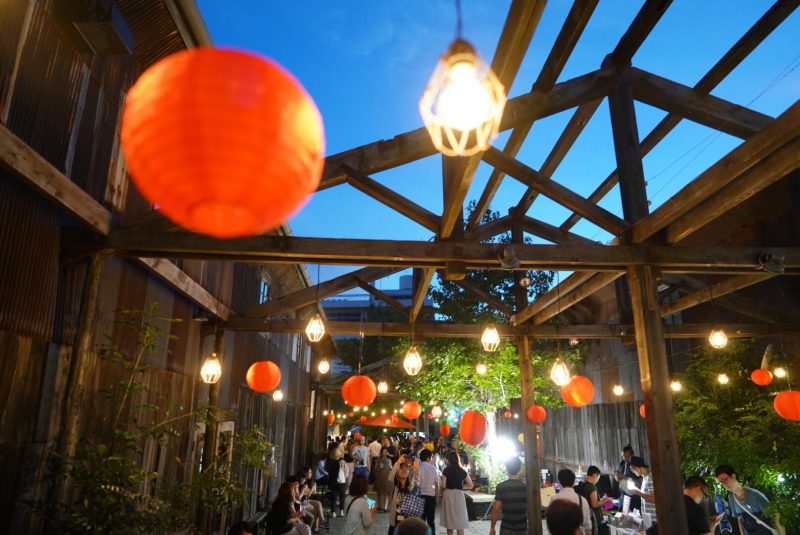
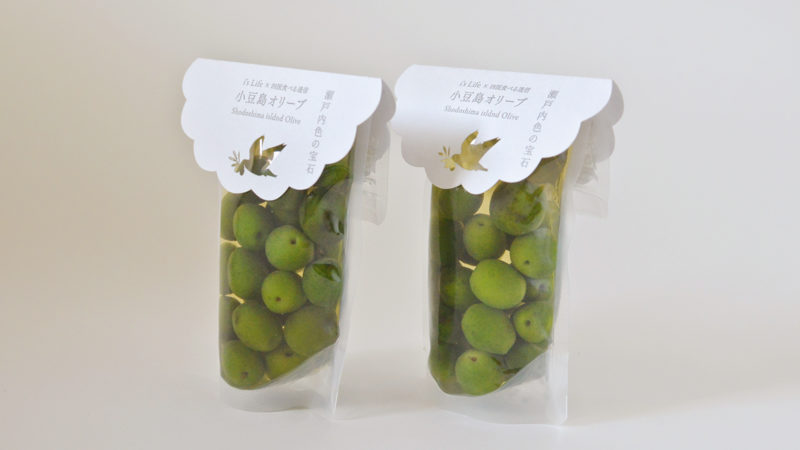
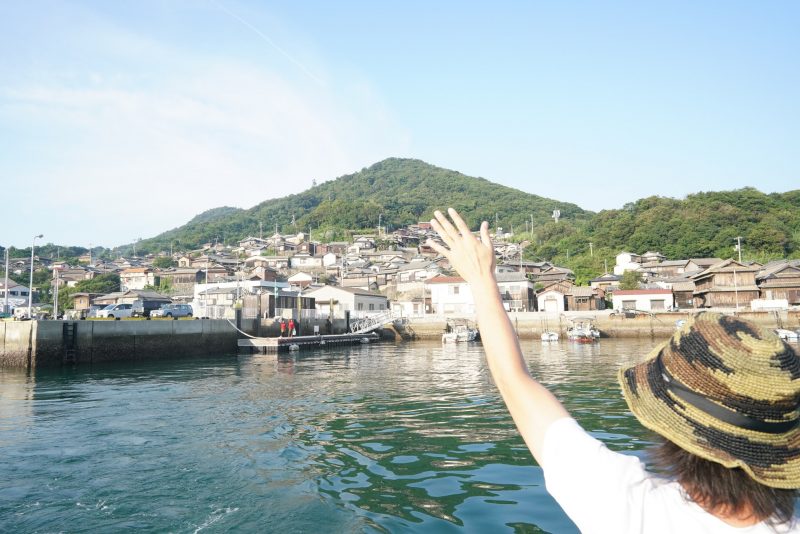
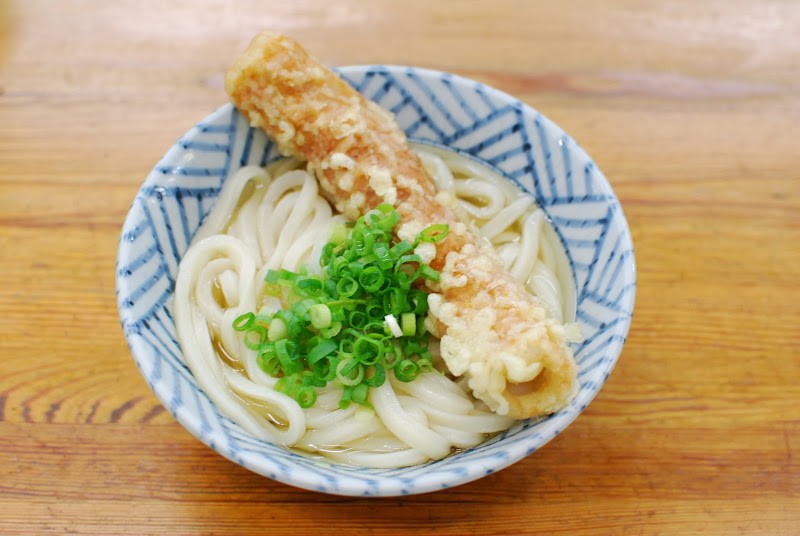
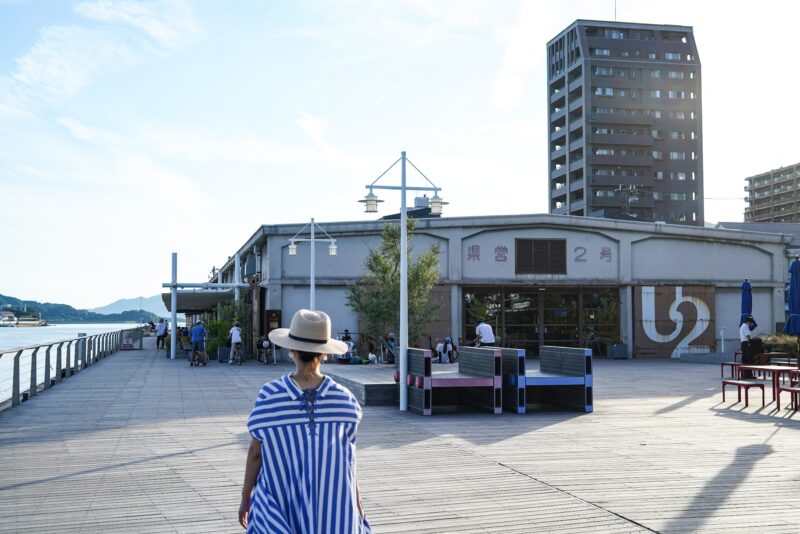
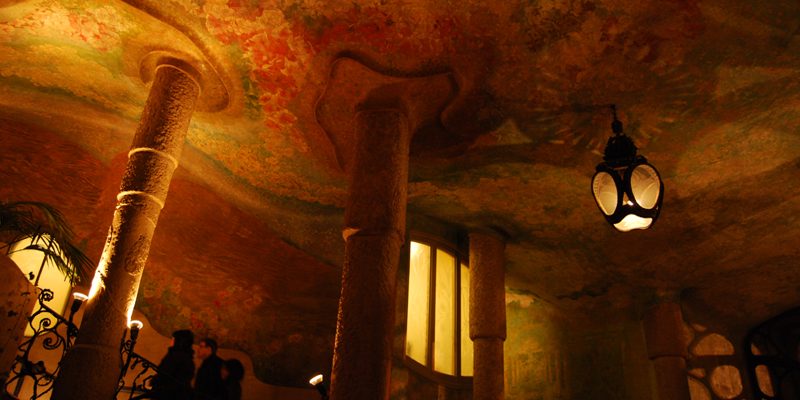
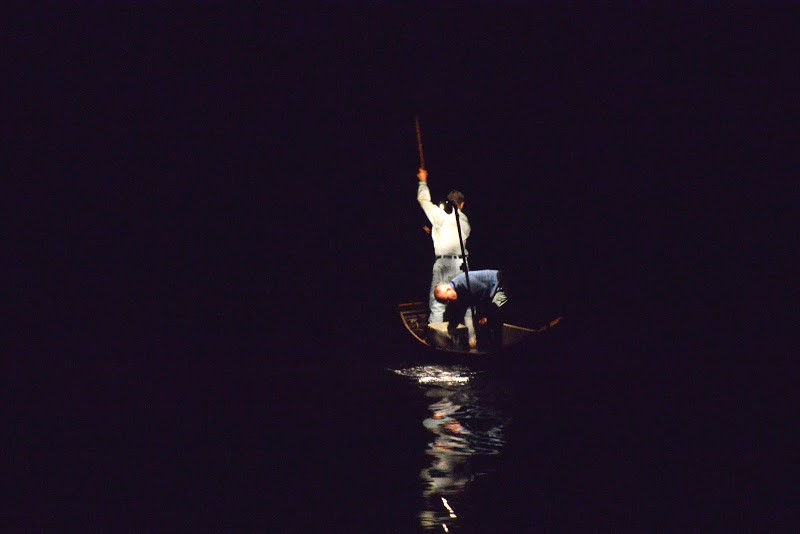
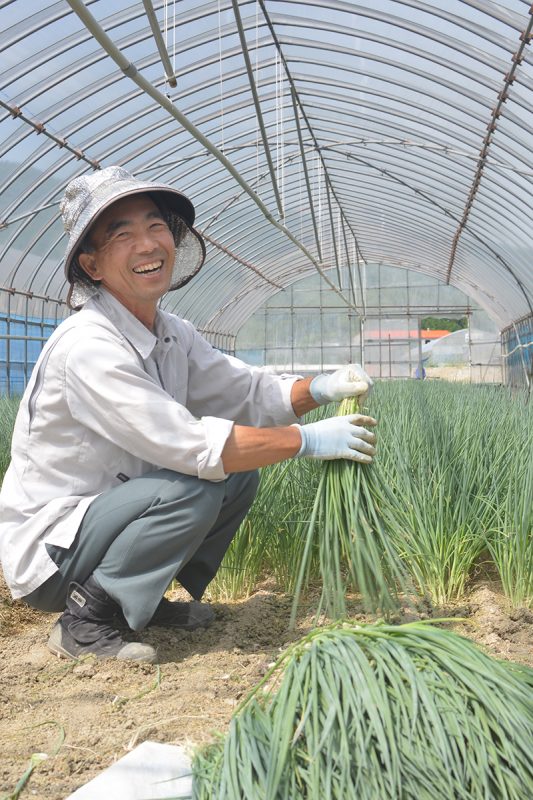
![【香川 5/3】歌舞伎の島、小豆島に江戸時代から続く農村歌舞伎 – [Kagawa 3 May.] The village kabuki performance in Shodoshima.](https://yousakana.jp/wp-content/uploads/2013/04/kabuki-shodoshima-800x536.jpg)

![【香川 8/4-5】 年に2日だけ渡れる神の島『津嶋神社』 – [Kagawa 4-5 Aug.] Tsushima Shrine, an island of God that can be crossed only two days a year.](https://yousakana.jp/wp-content/uploads/2023/08/tsushima-shrine_kagawa-800x533.jpeg)
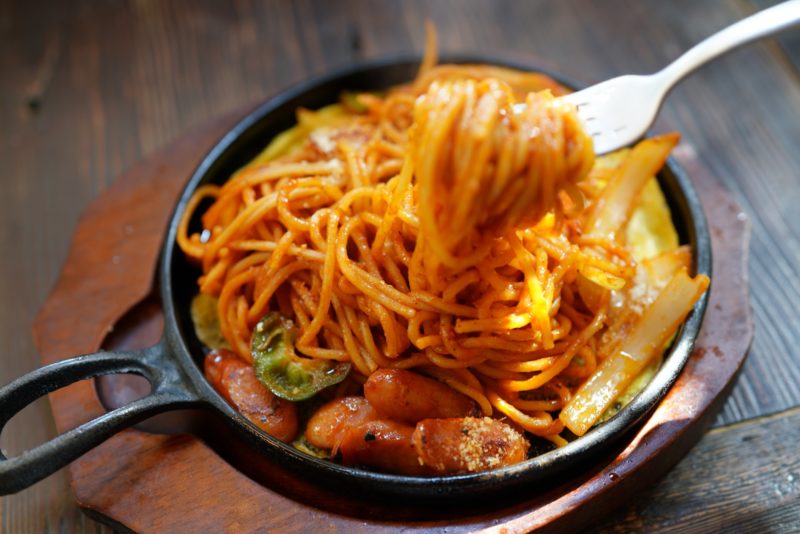
![【徳島】信正の一本桜 – [Tokushima] a cherry tree at Nobumasa](https://yousakana.jp/wp-content/uploads/2022/03/nobumasa_cherry-tree-800x533.jpg)
![【香川】青峰山 千手院「根香寺(ねごろじ)」の紅葉 – [Kagawa] Autumn leaves of Negoroji temple](https://yousakana.jp/wp-content/uploads/2020/11/Autumn-leaves-of-Negoroji-temple-800x534.jpg)
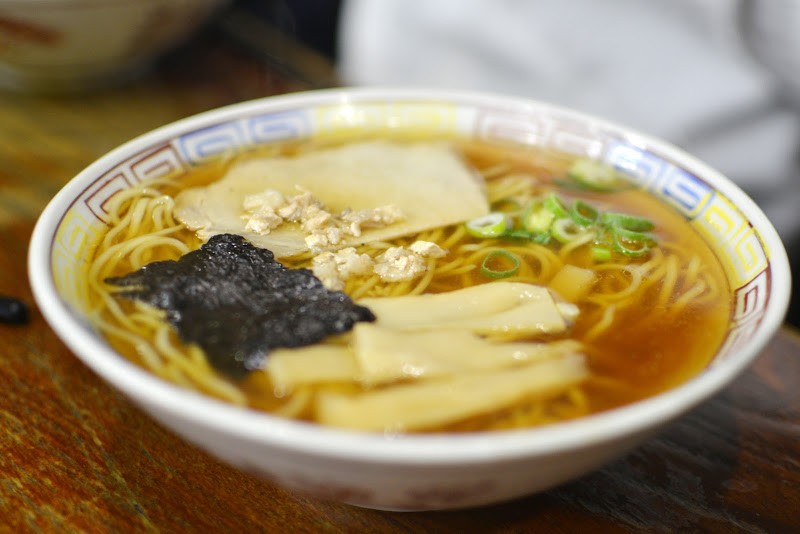
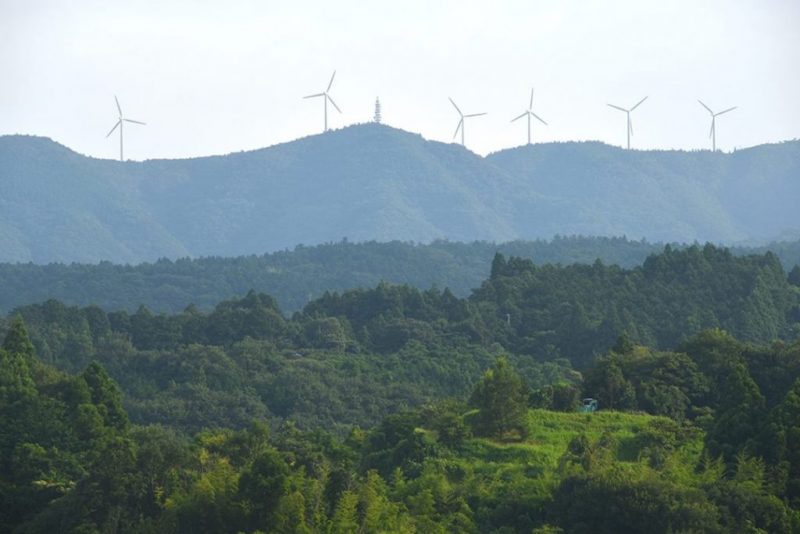
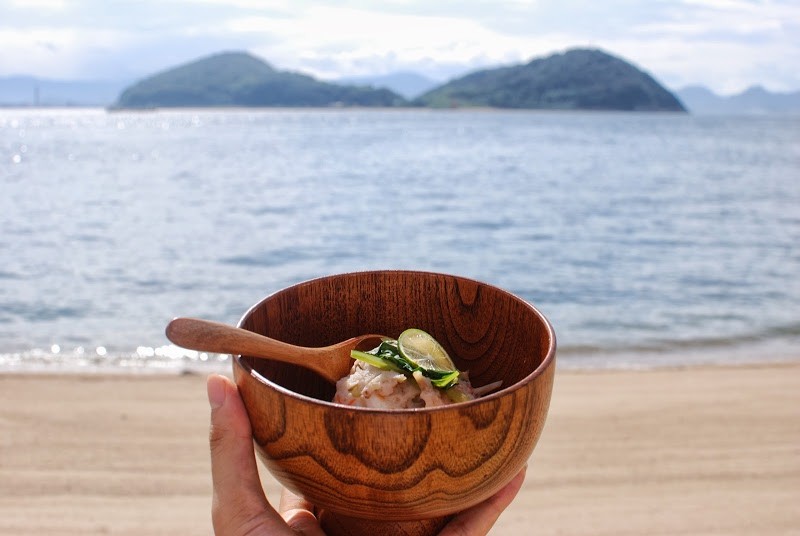
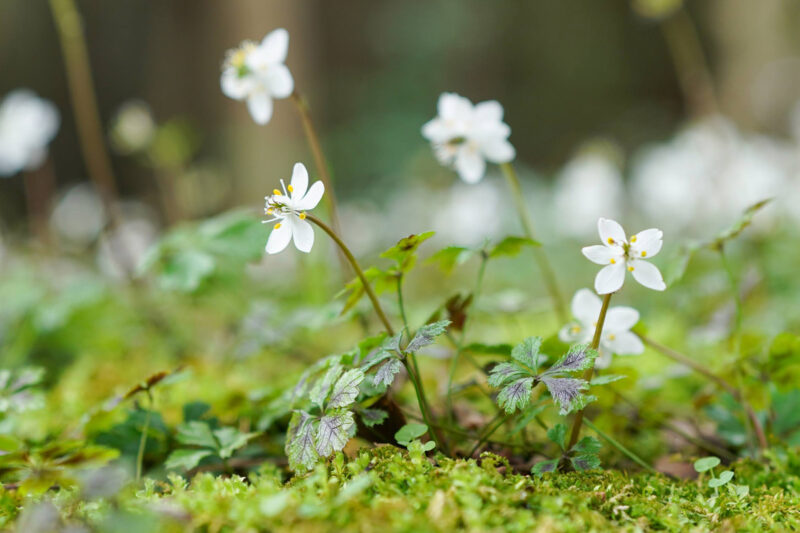
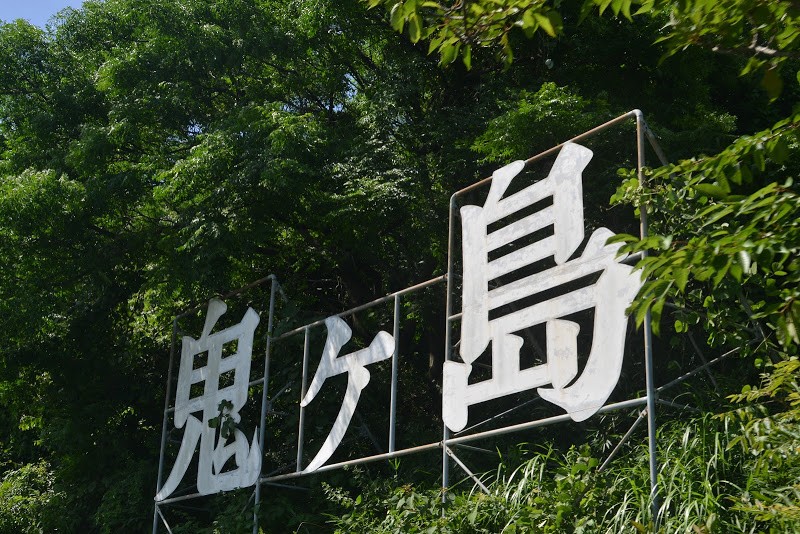
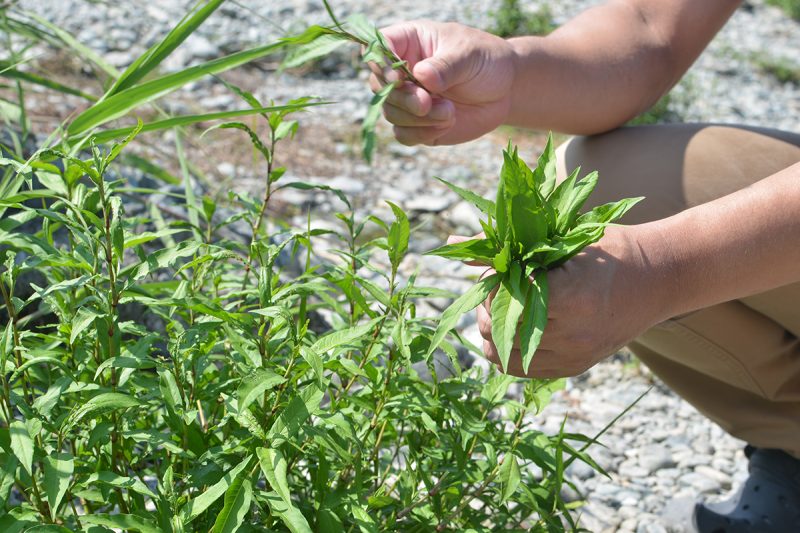
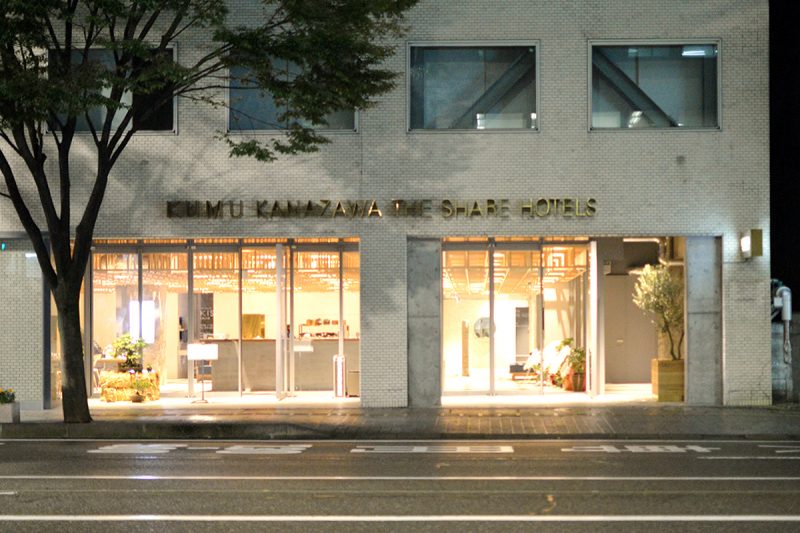
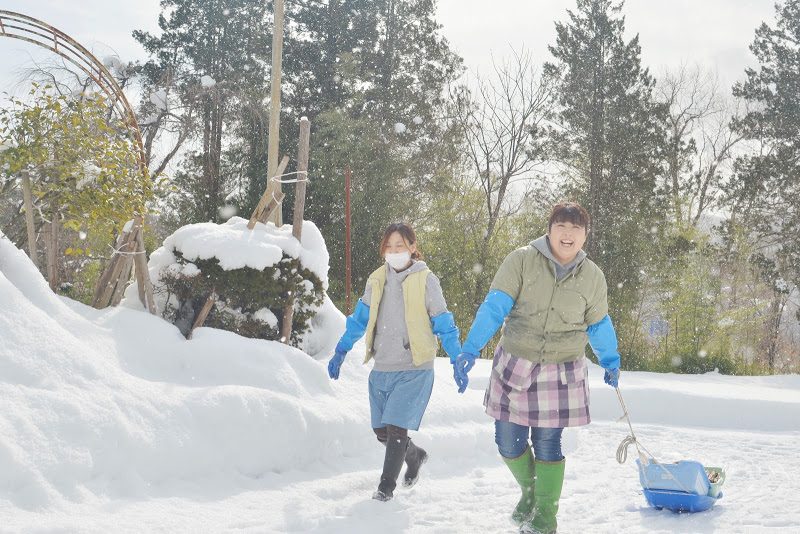
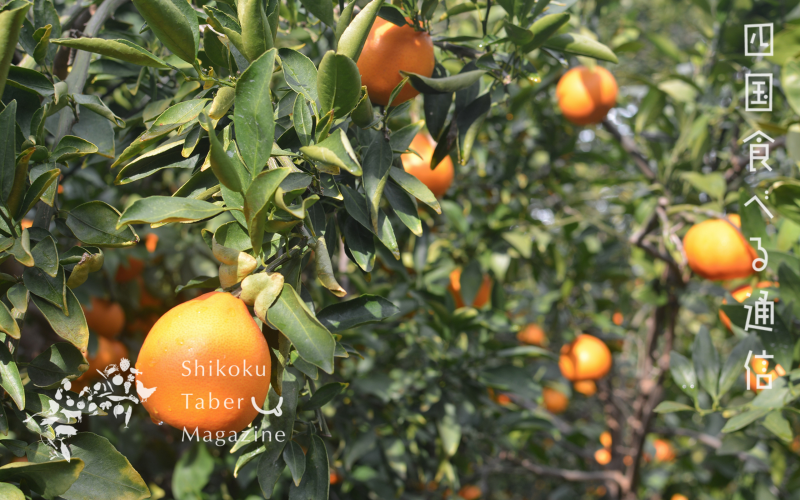
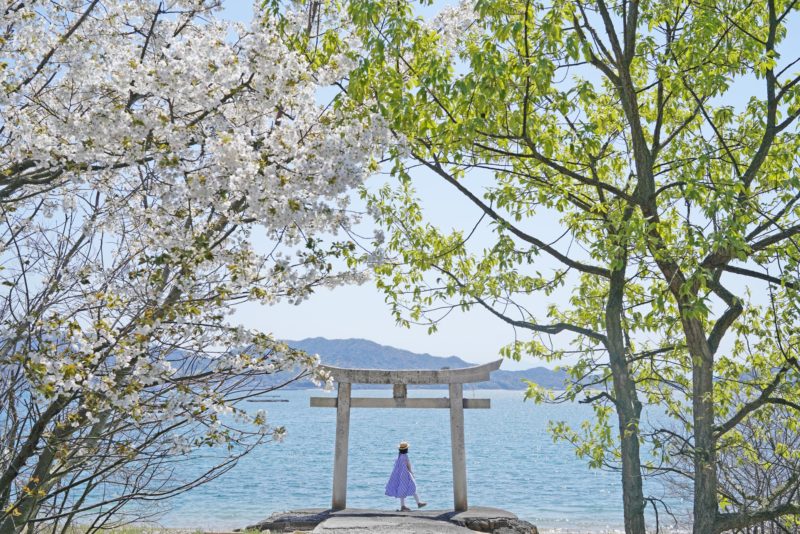
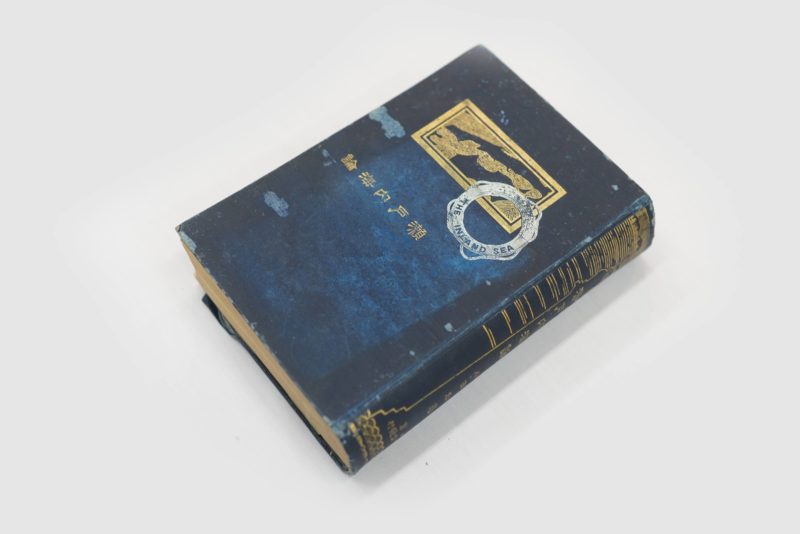
![【閉店】あんもち雑煮。甘味茶寮 ほとり – [Closed] Japanese tea and sweets “Hotori”](https://yousakana.jp/wp-content/uploads/2019/12/hotori_japanese-tea-and-sweets-800x534.jpg)
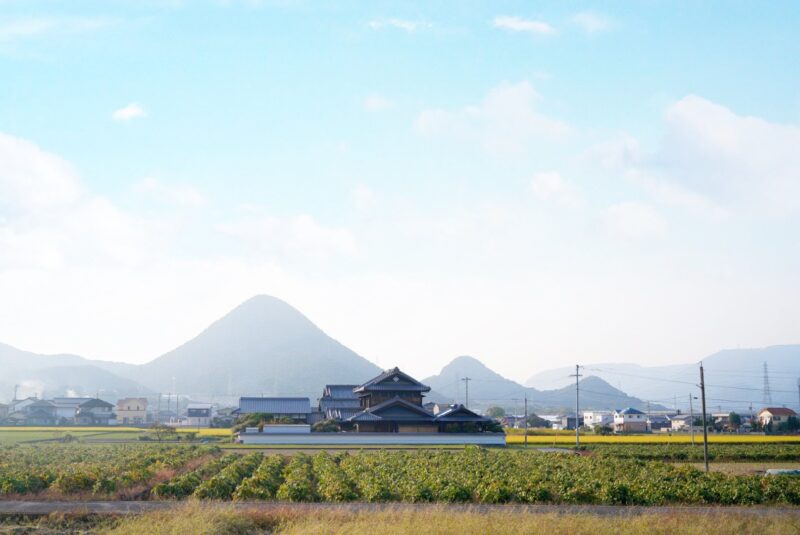
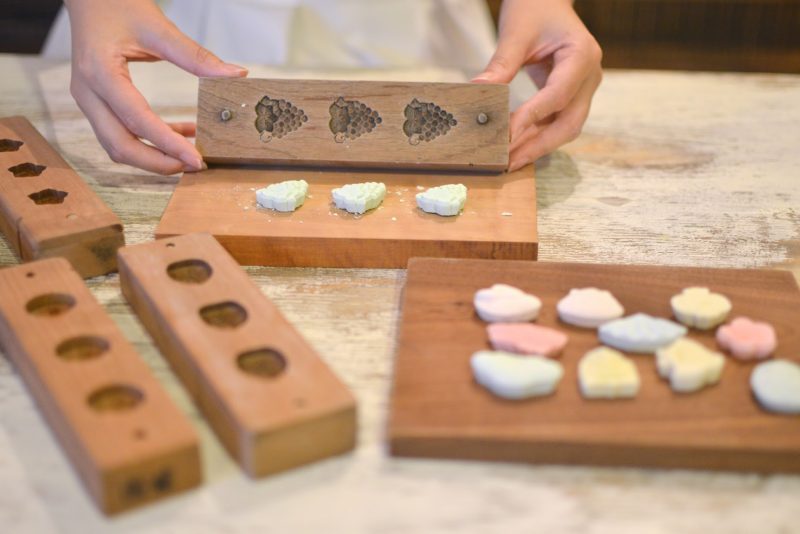
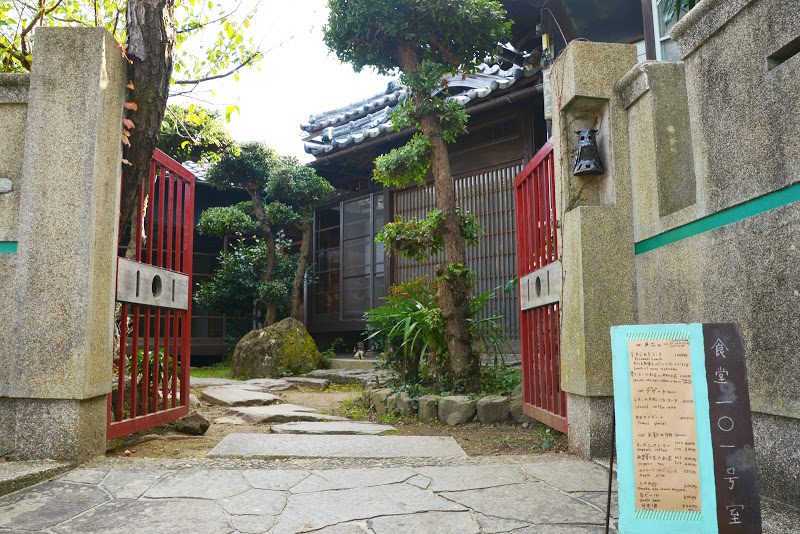
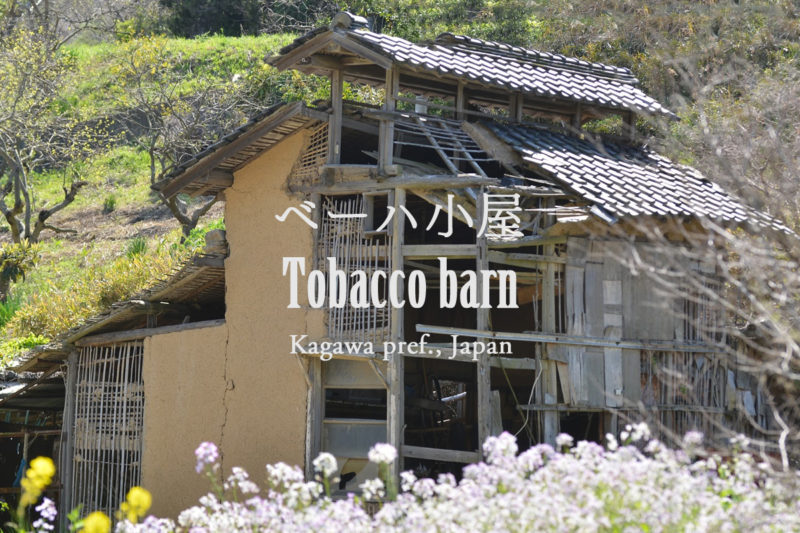
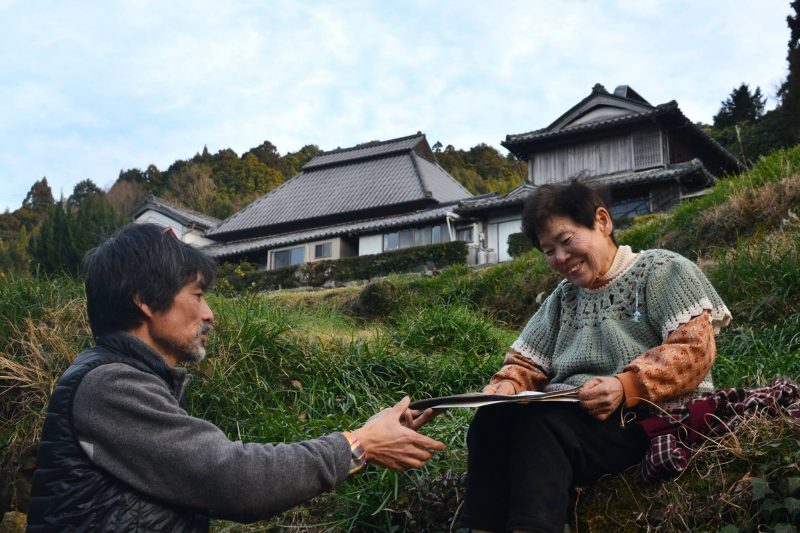
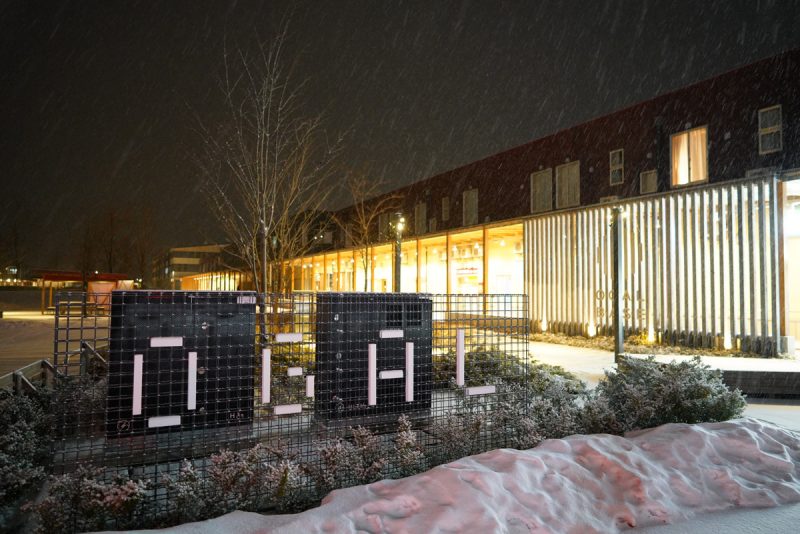
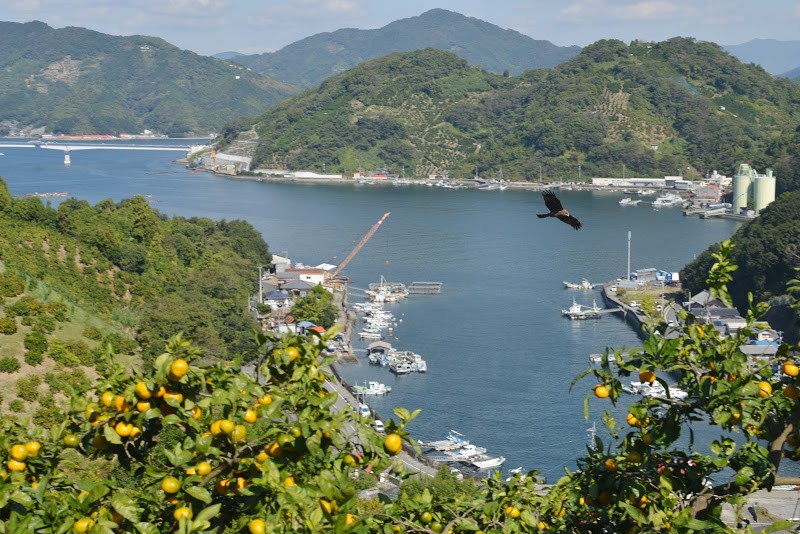
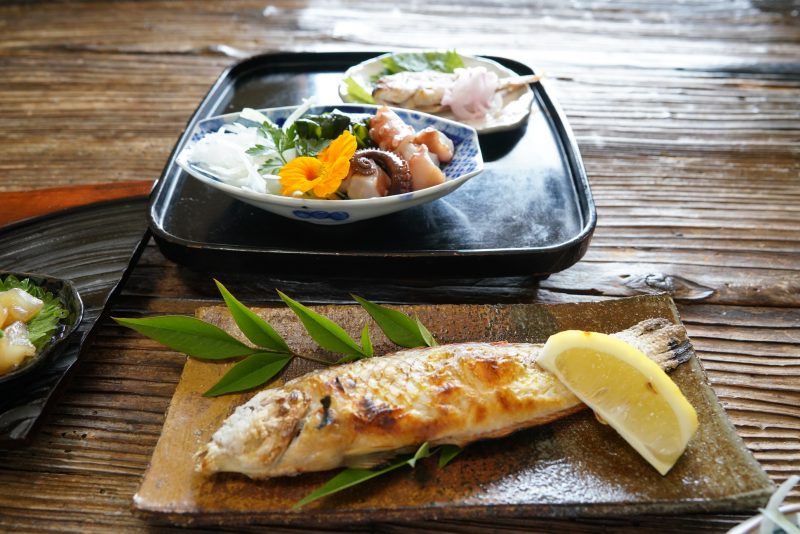
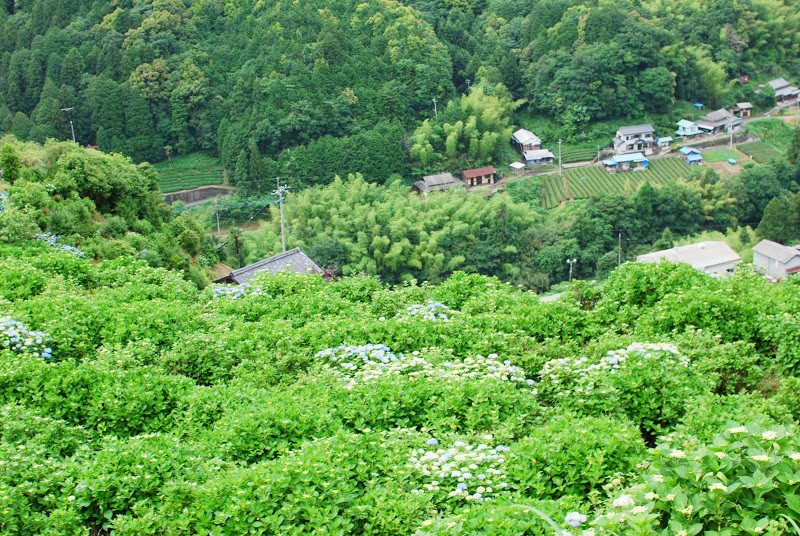
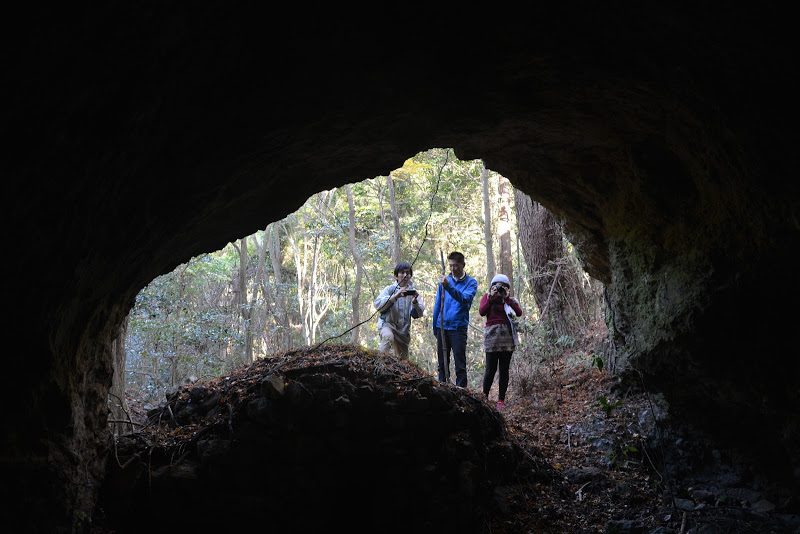
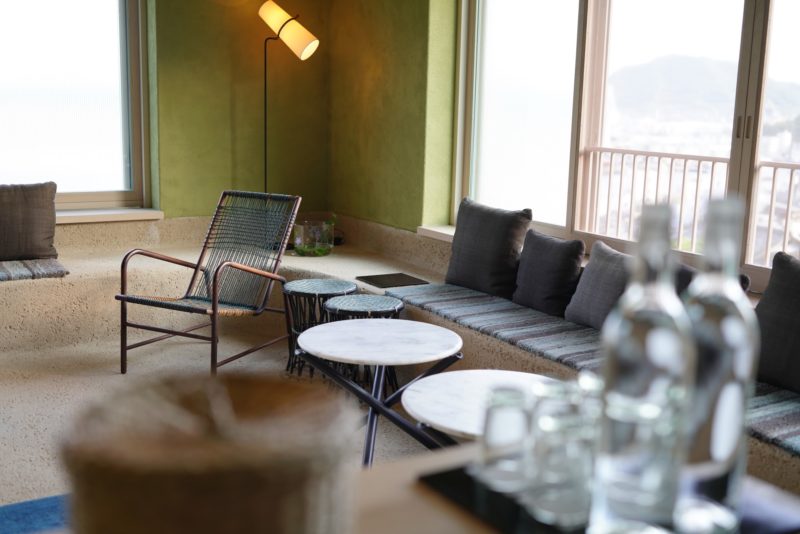
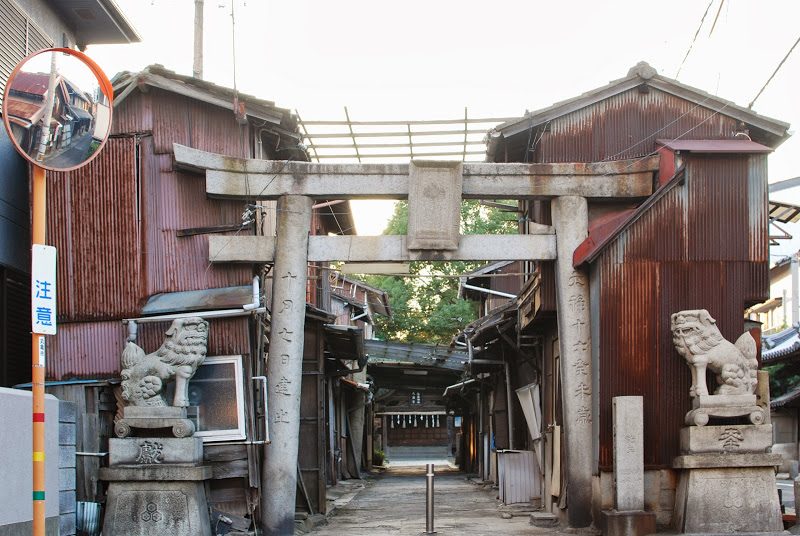
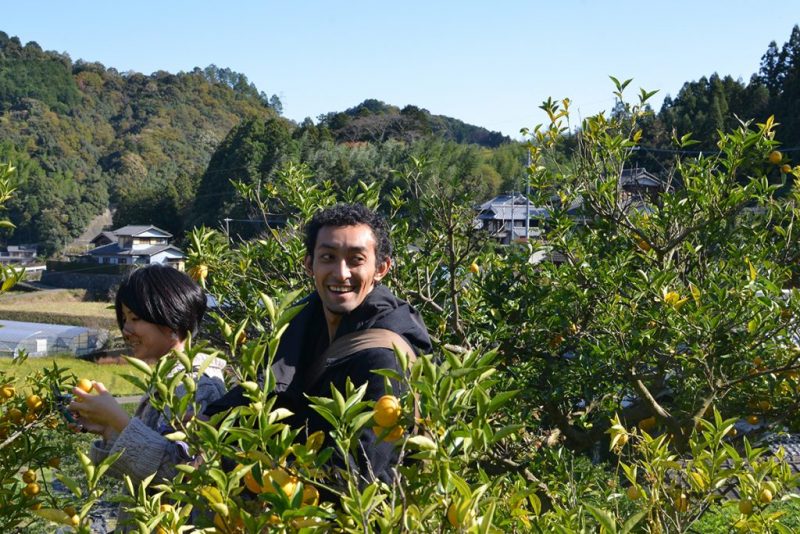
![【愛媛 国の登録有形文化財】浦辺鎮太郎さん設計『西条栄光教会』クリスマス – [Ehime / National Tangible Cultural Property] Saijo Eiko Church](https://yousakana.jp/wp-content/uploads/2021/11/Saijo-Eiko-Church-800x534.jpeg)
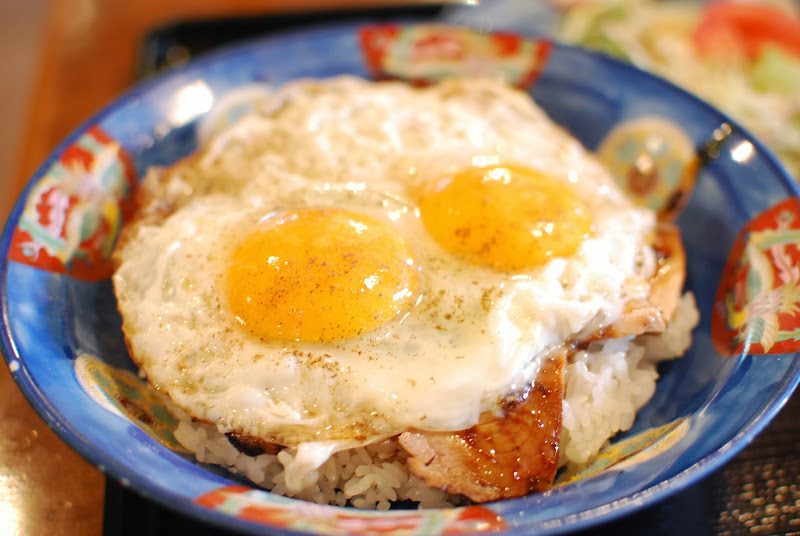
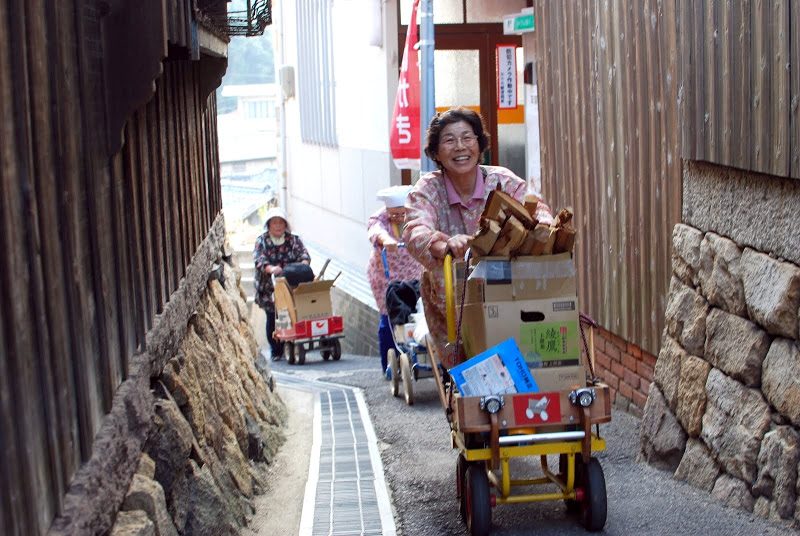
![【広島】嚴島神社 – [Hiroshima] Itsukushima shrine](https://yousakana.jp/wp-content/uploads/2024/10/itsukushima-shrine-800x533.jpg)
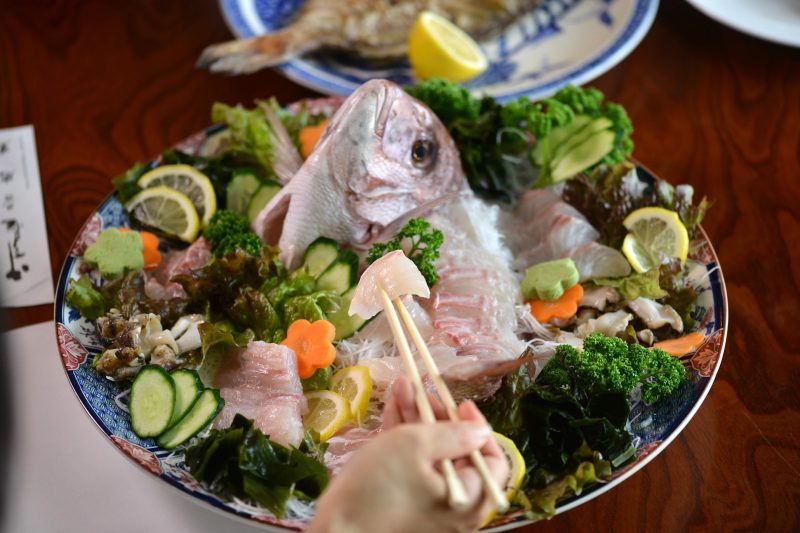
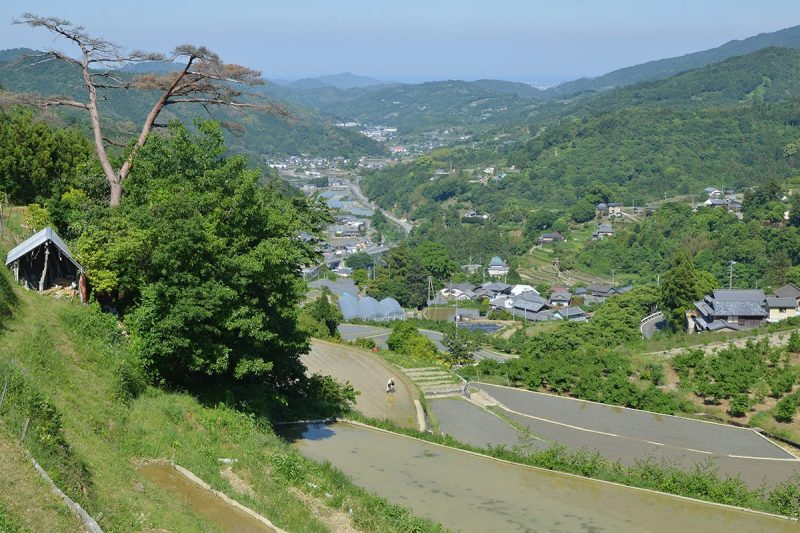

![【愛媛】1200年以上前の物語を残す伊予灘に浮かぶ『綱掛岩』 – [Ehime] Tsunakakeiwa Rock, Mishima shrine](https://yousakana.jp/wp-content/uploads/2020/09/Tsunakakeiwa-Rock-800x534.jpg)
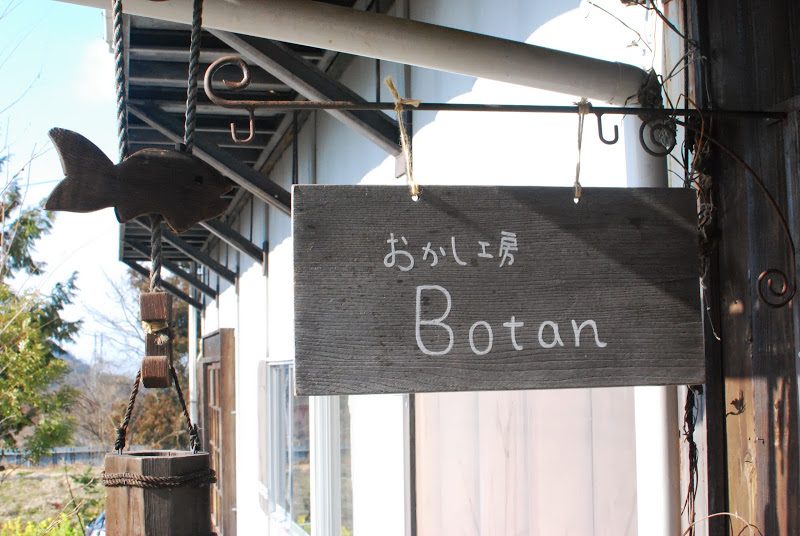
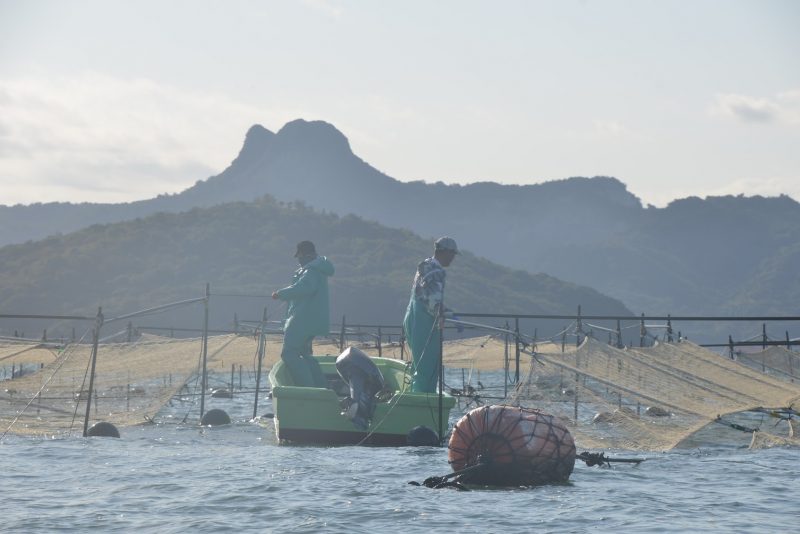
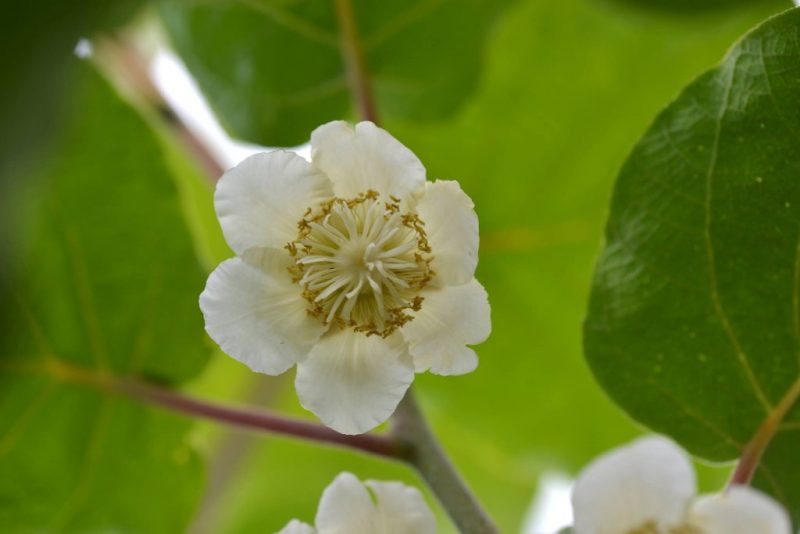
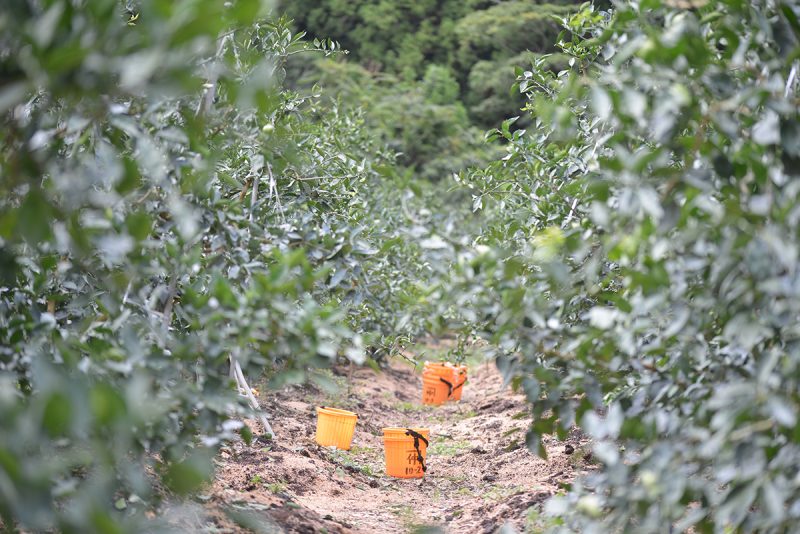
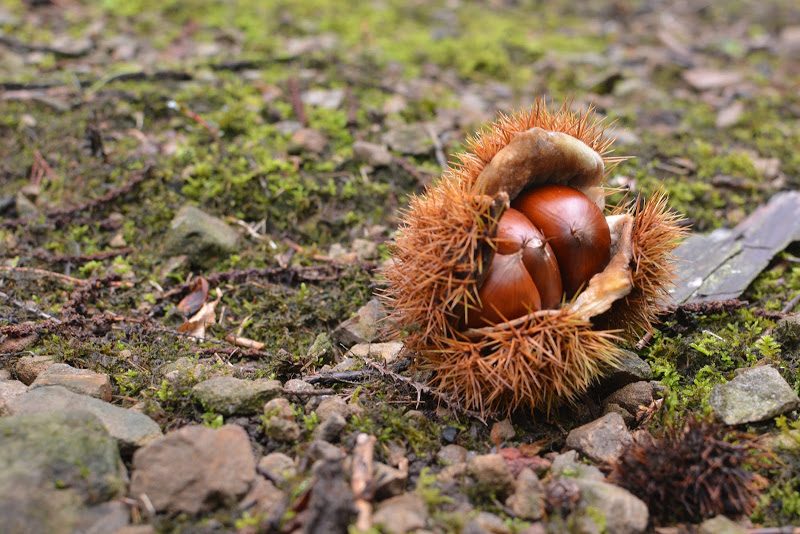
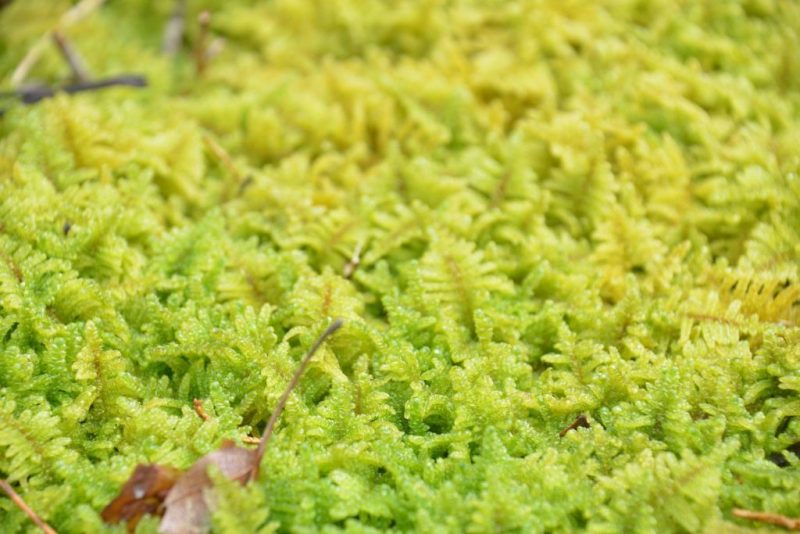
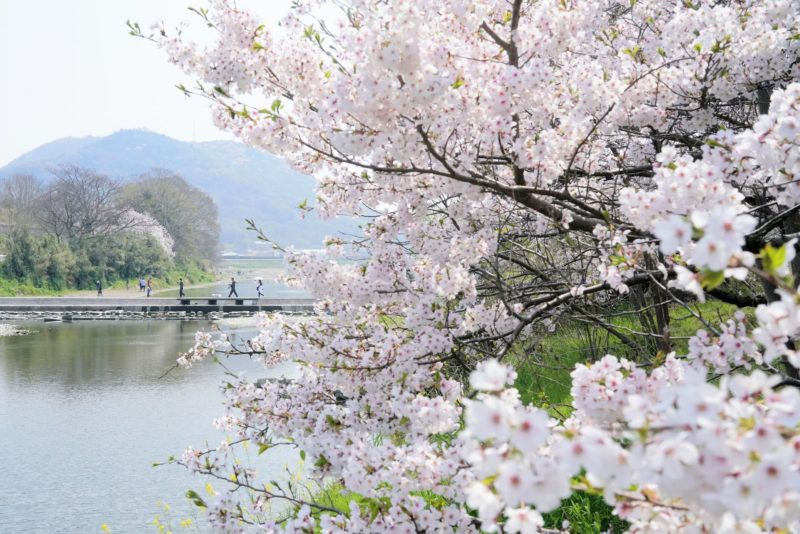
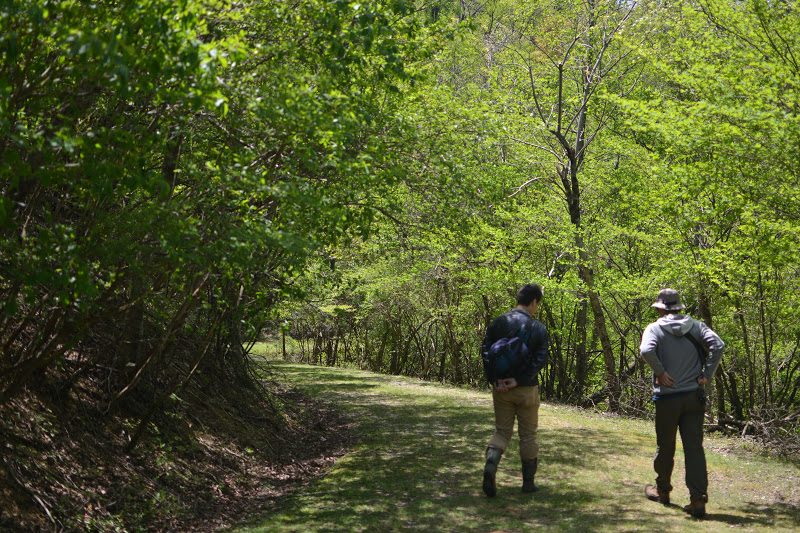
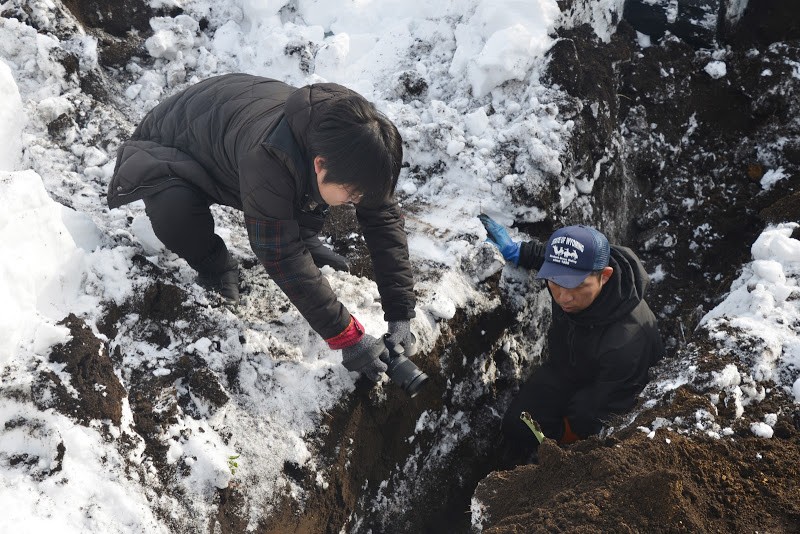
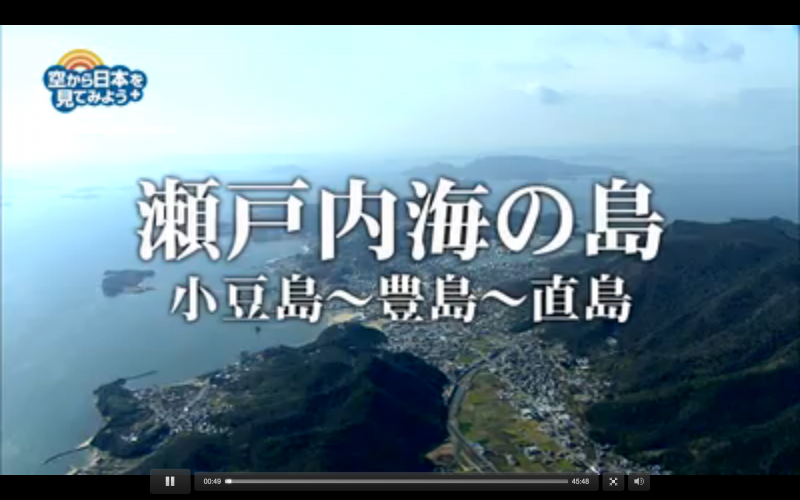
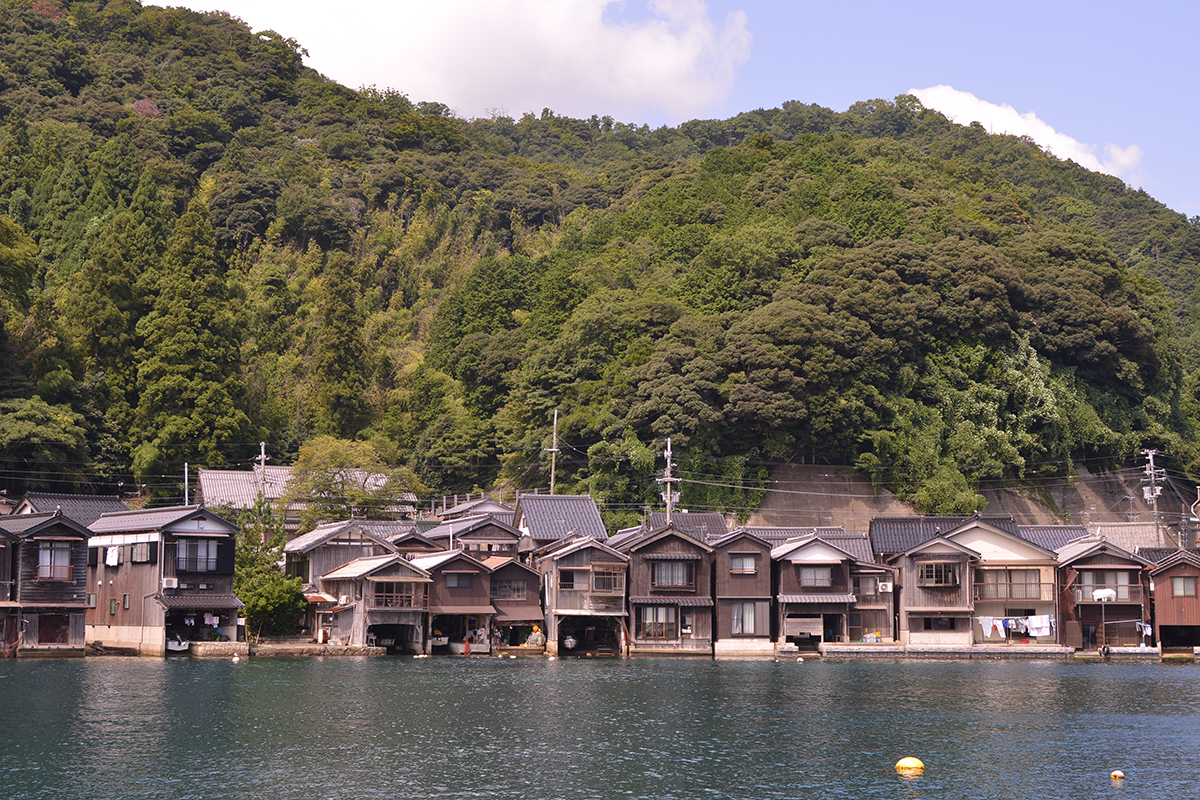
![男はつらいよ・寅次郎あじさいの恋 [DVD]](https://images-fe.ssl-images-amazon.com/images/I/51ao2zWo2lL.jpg)


コメントを残す